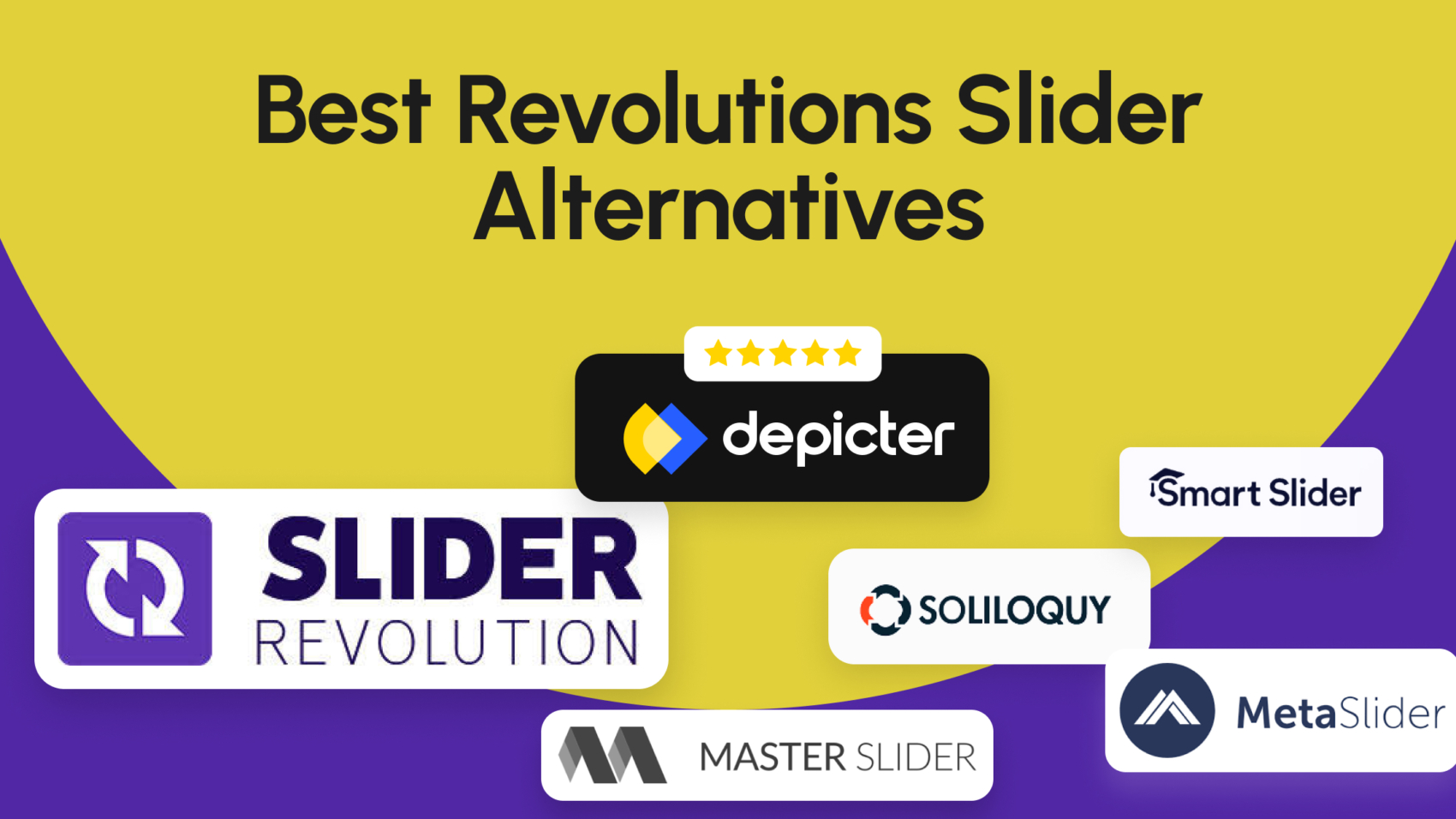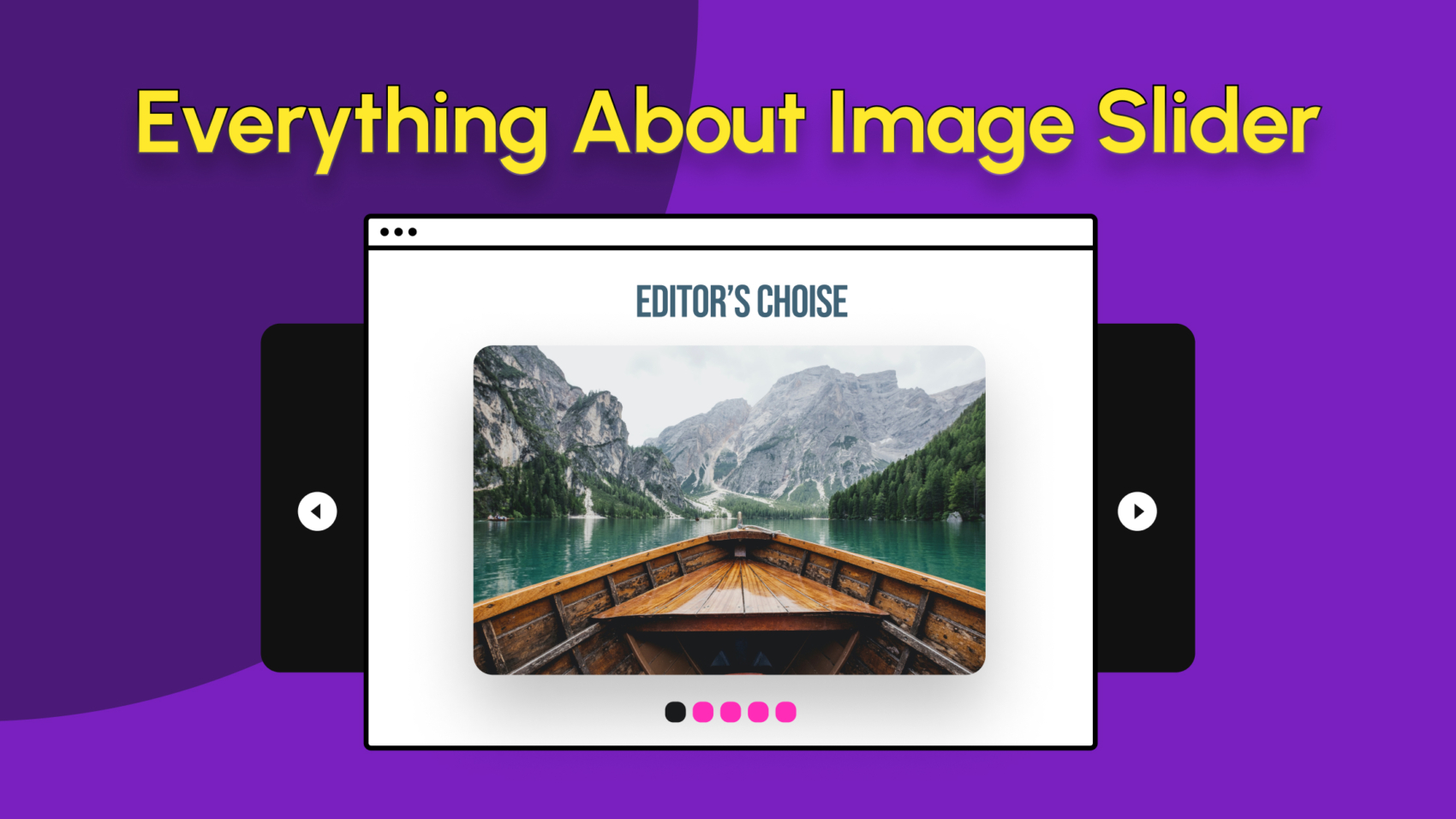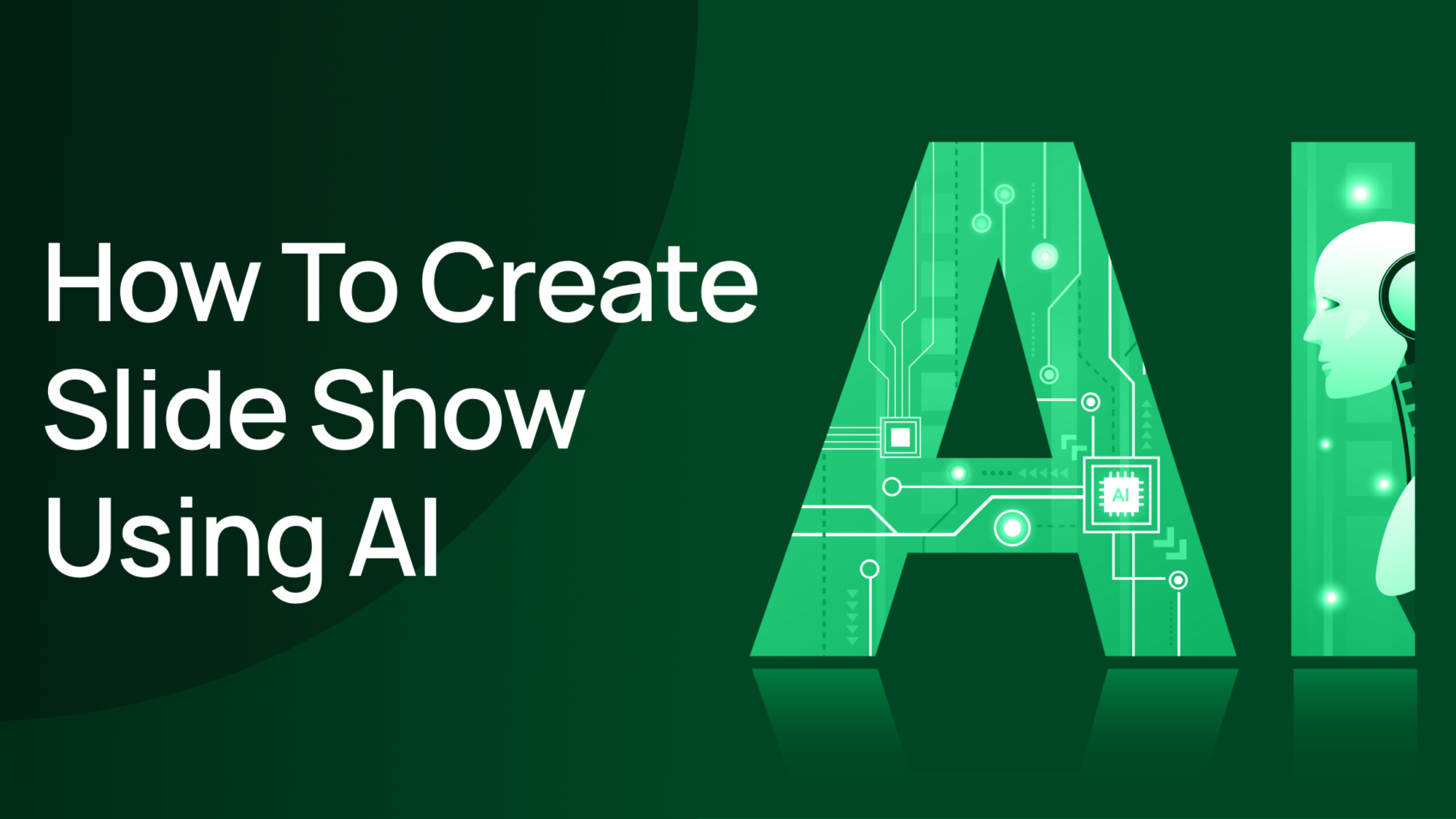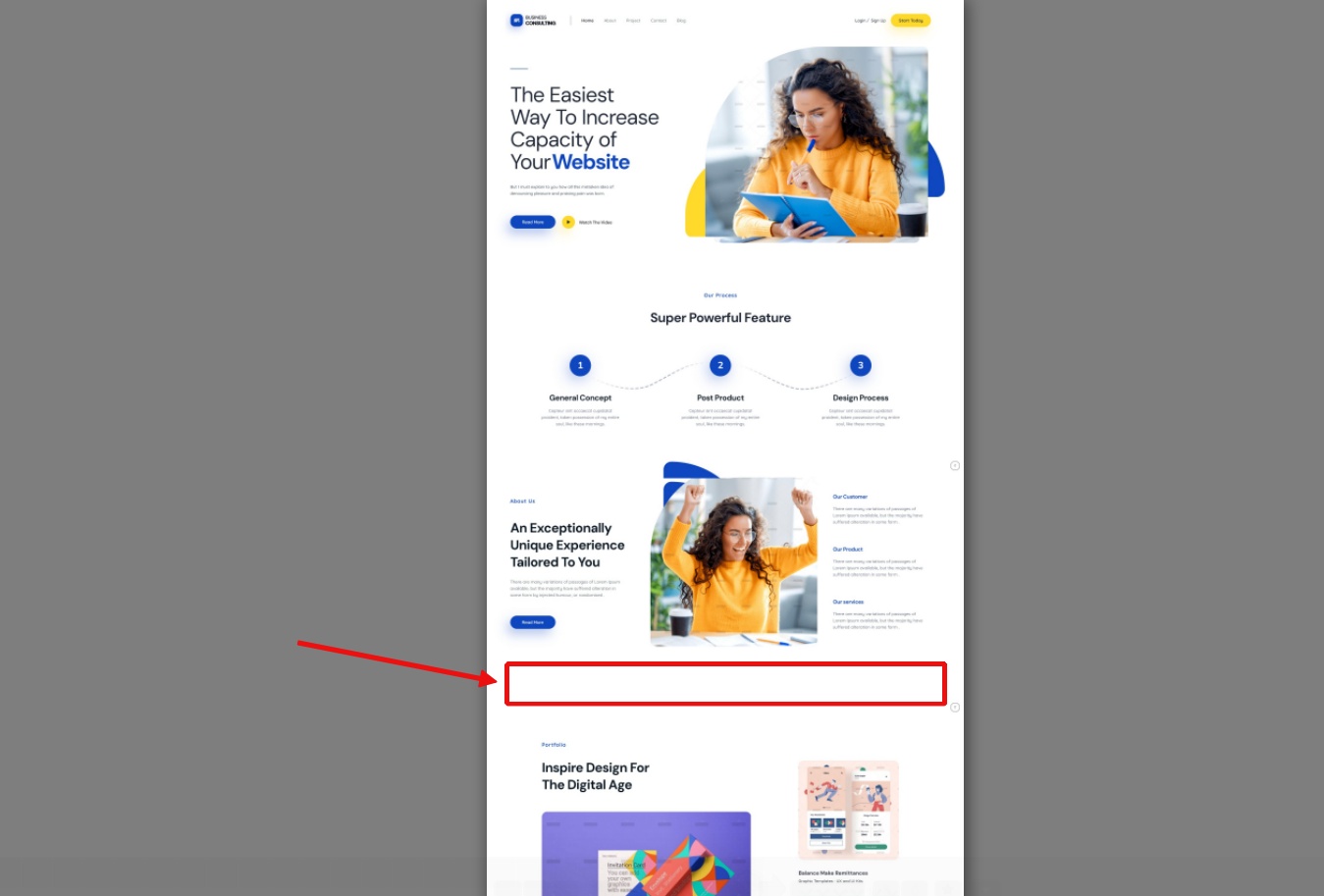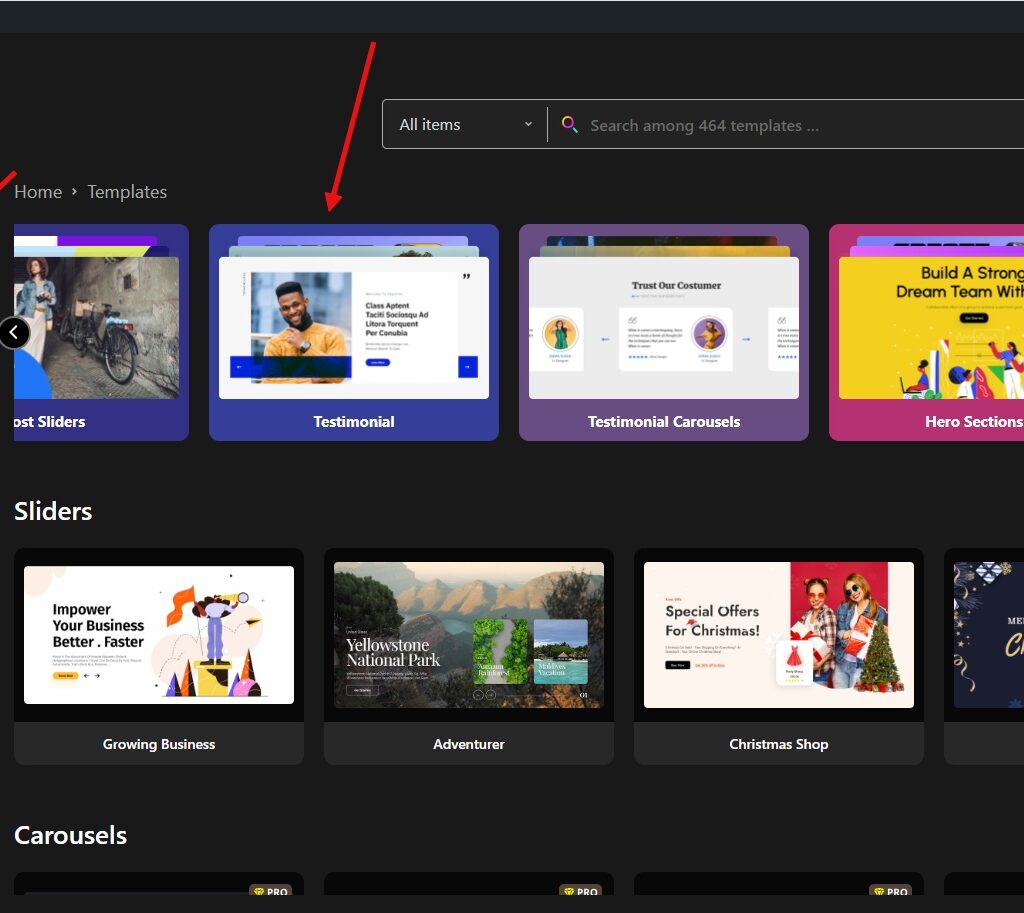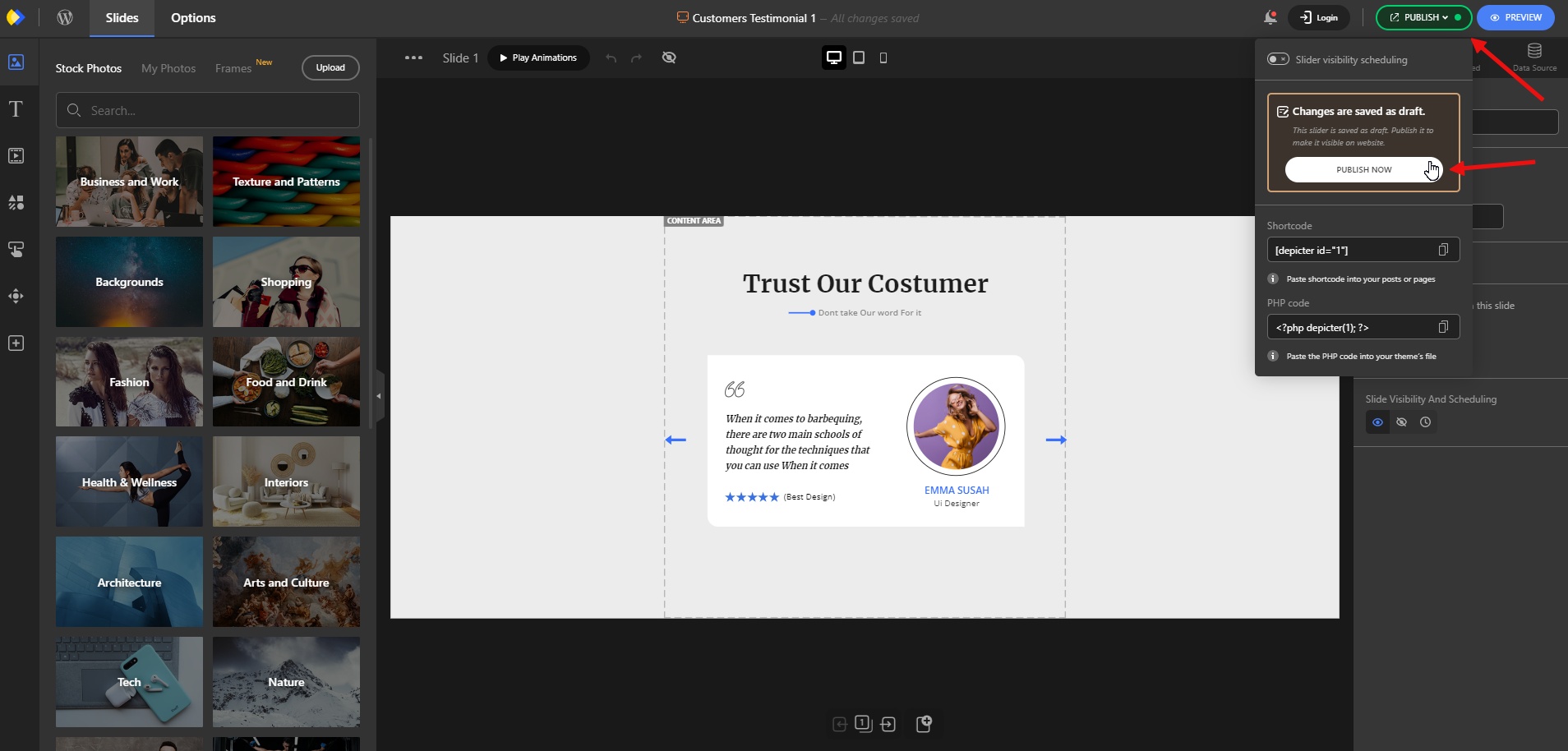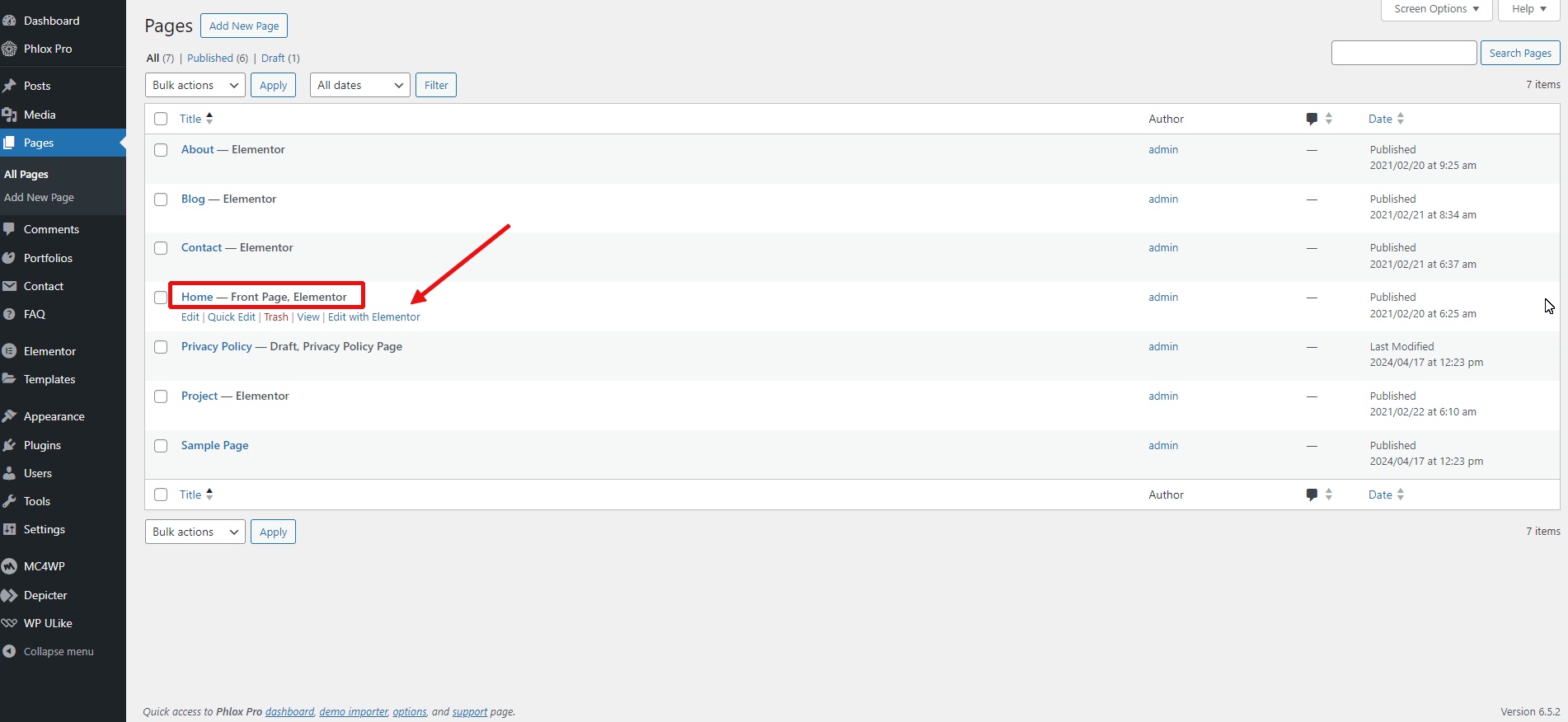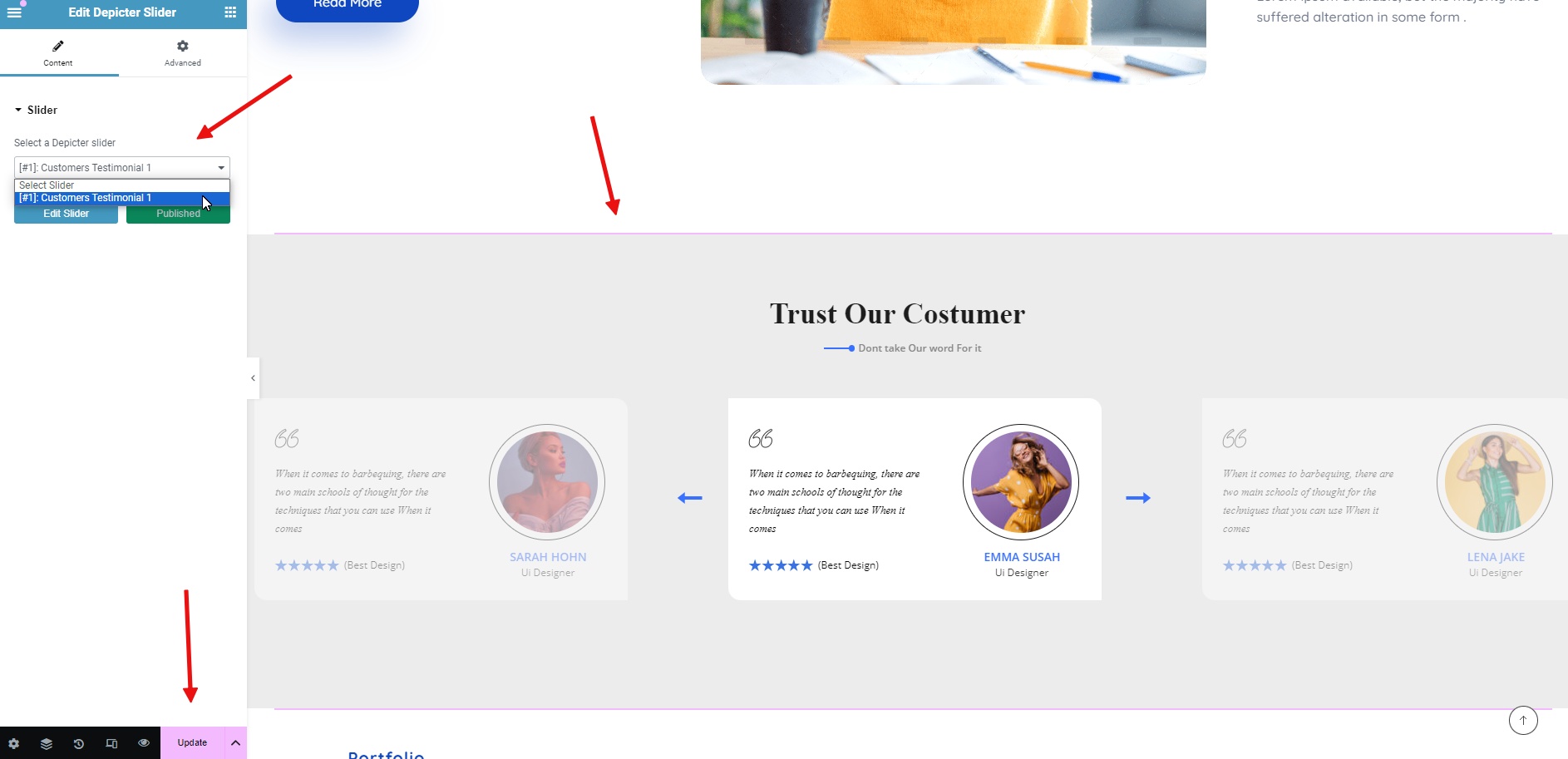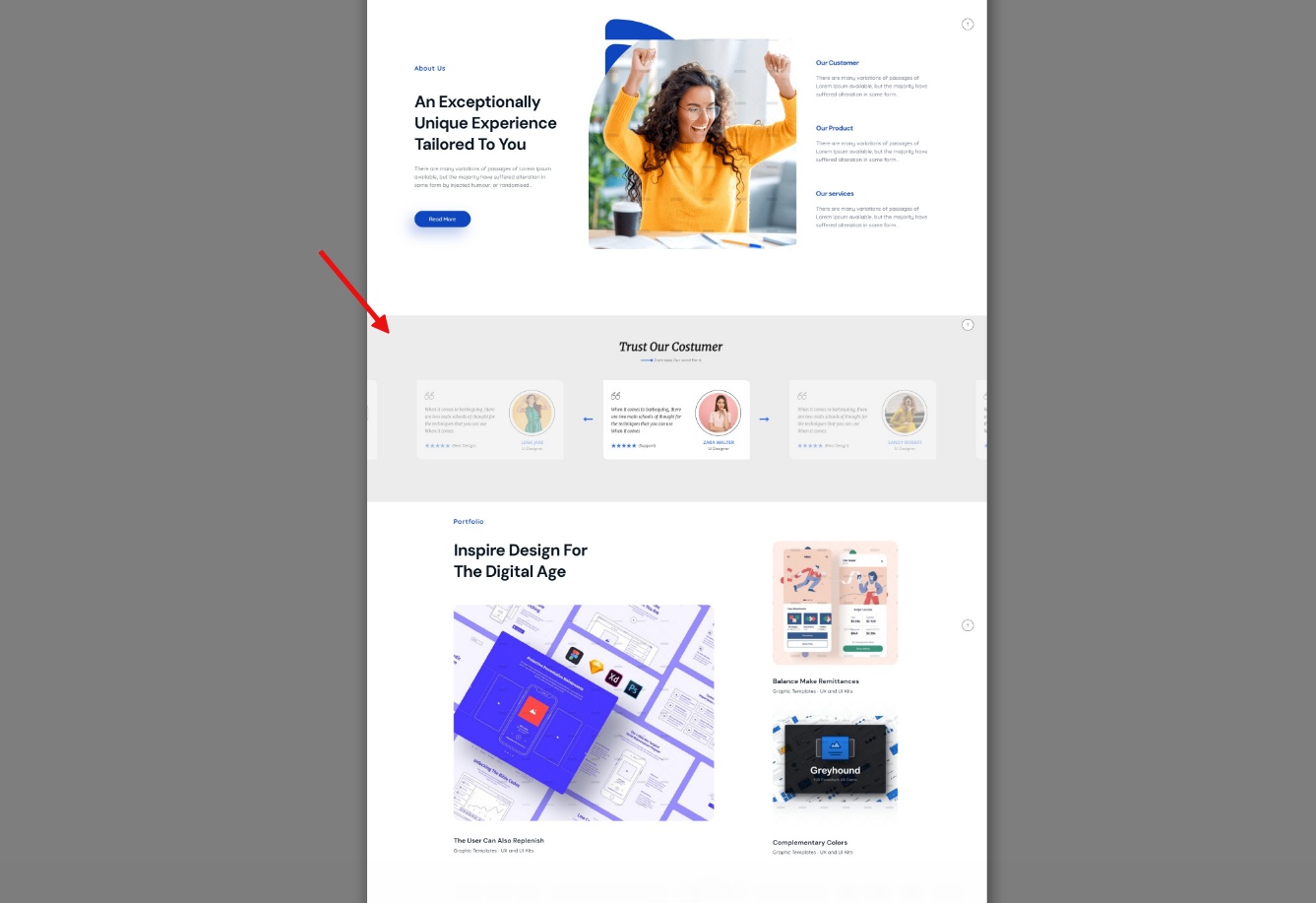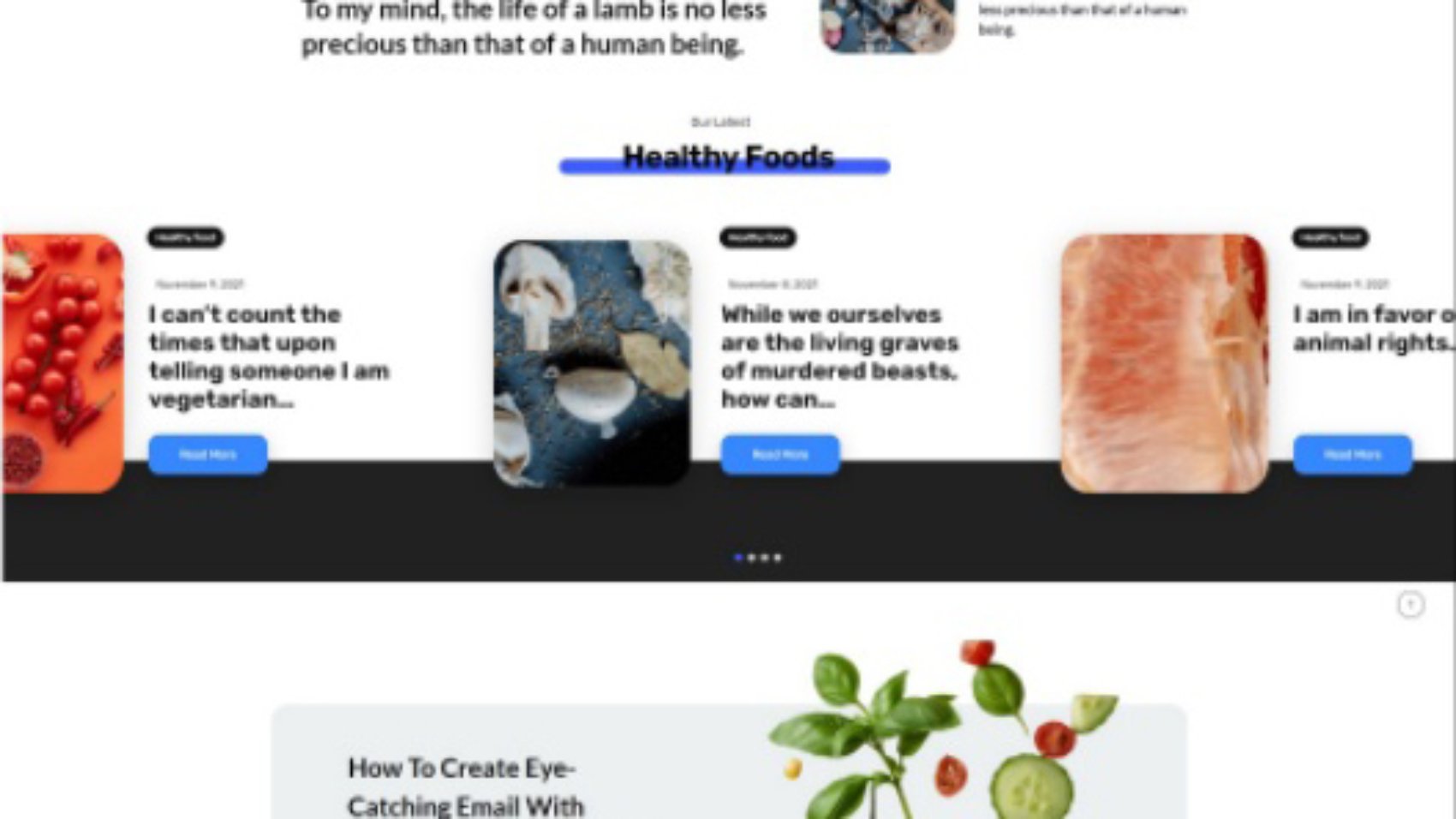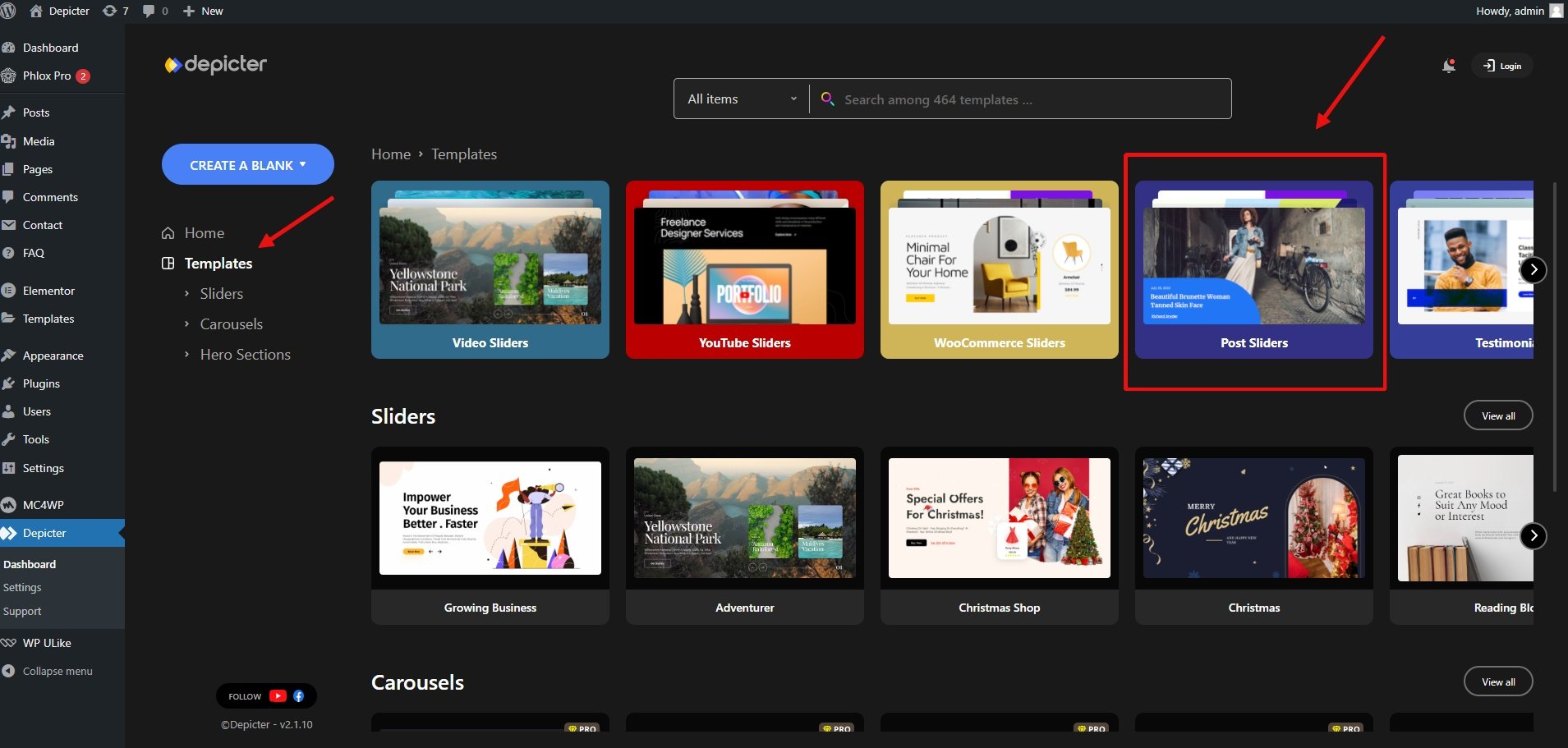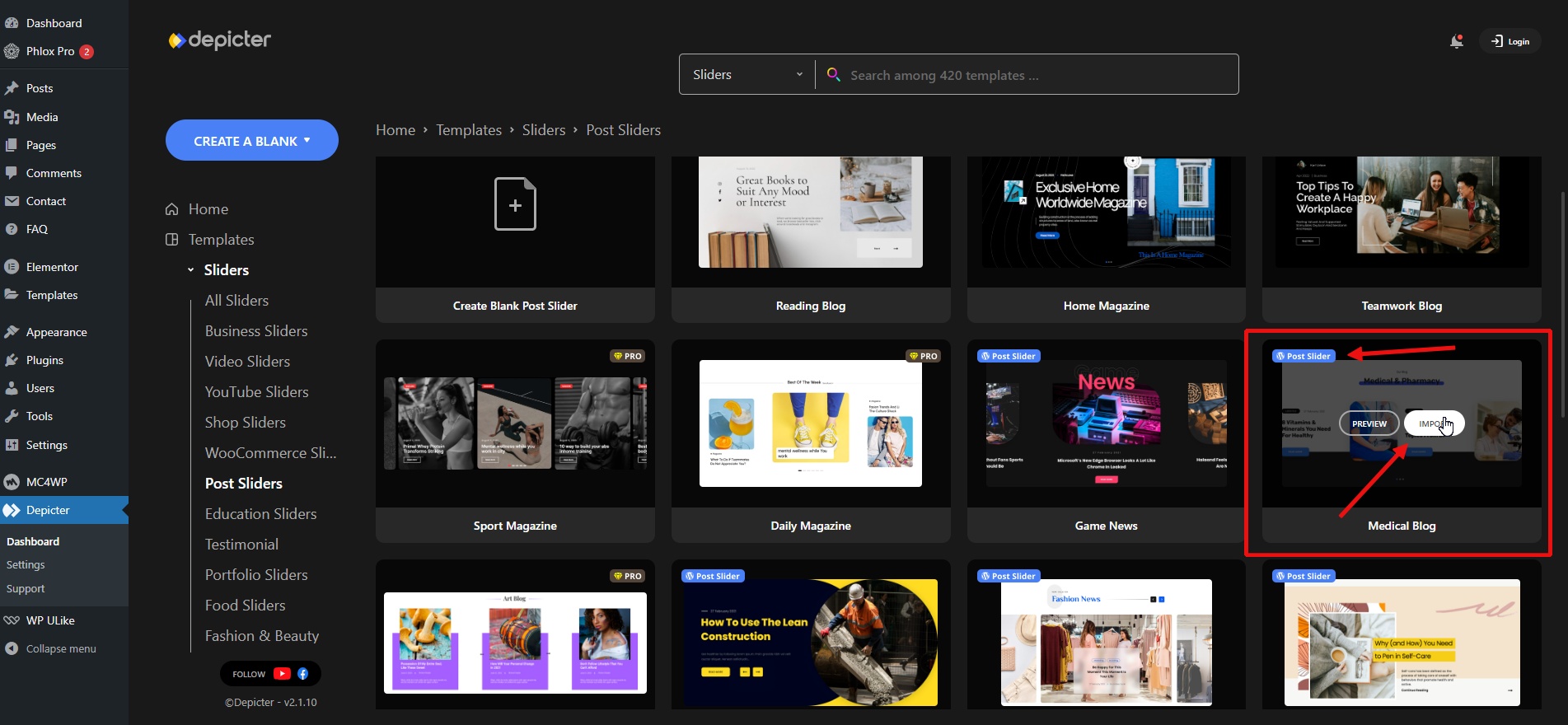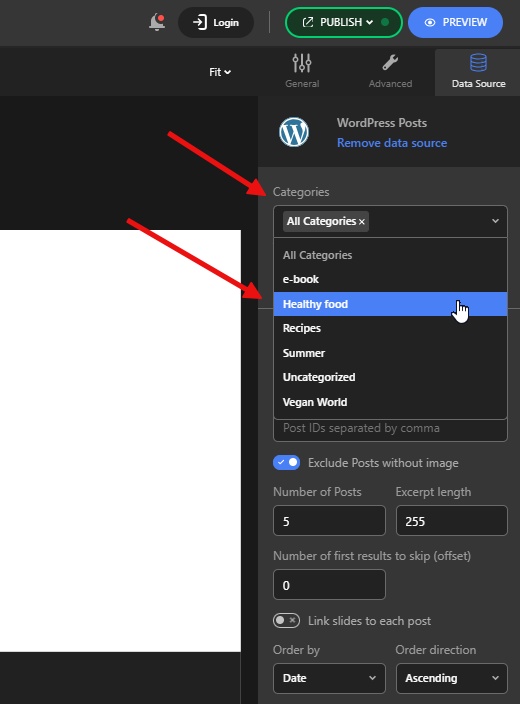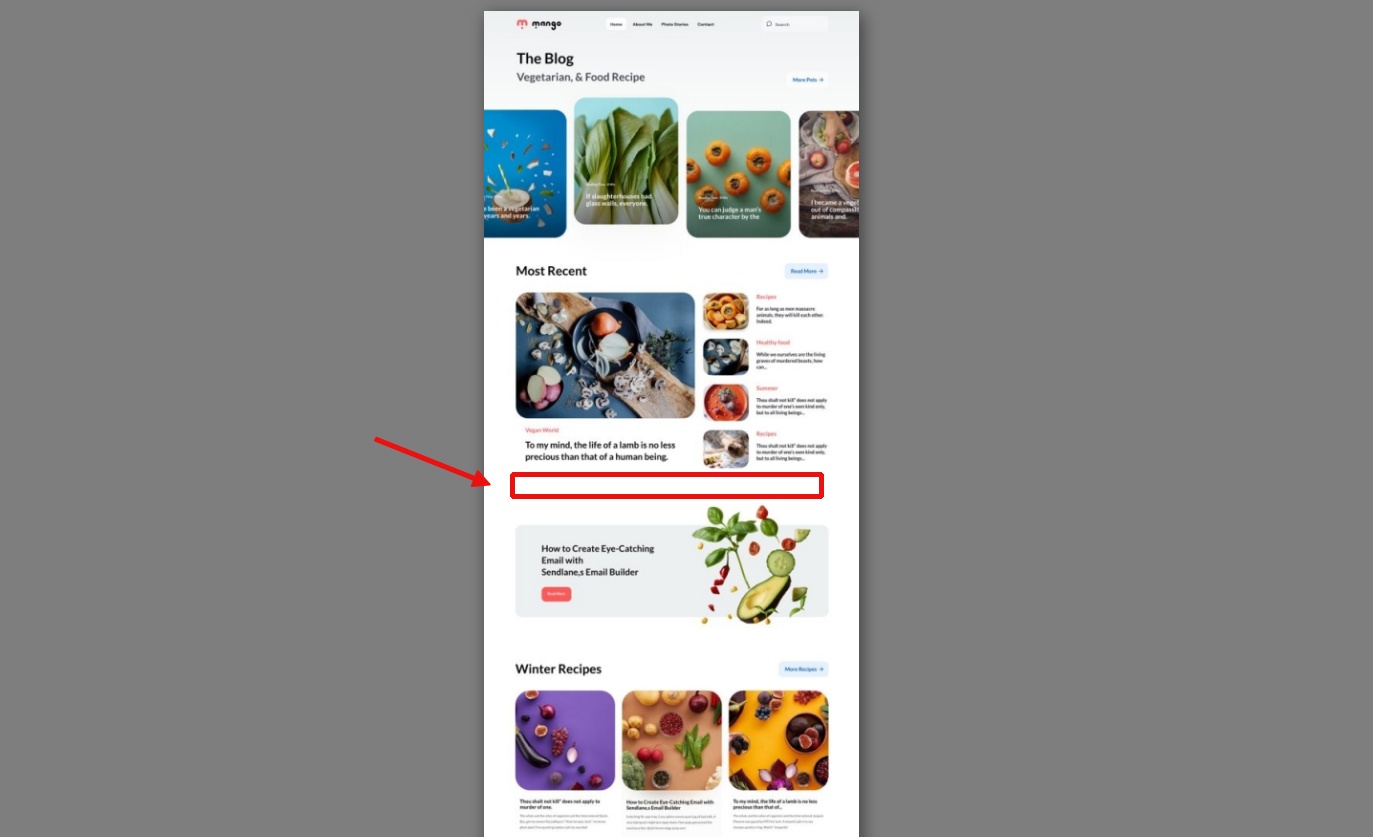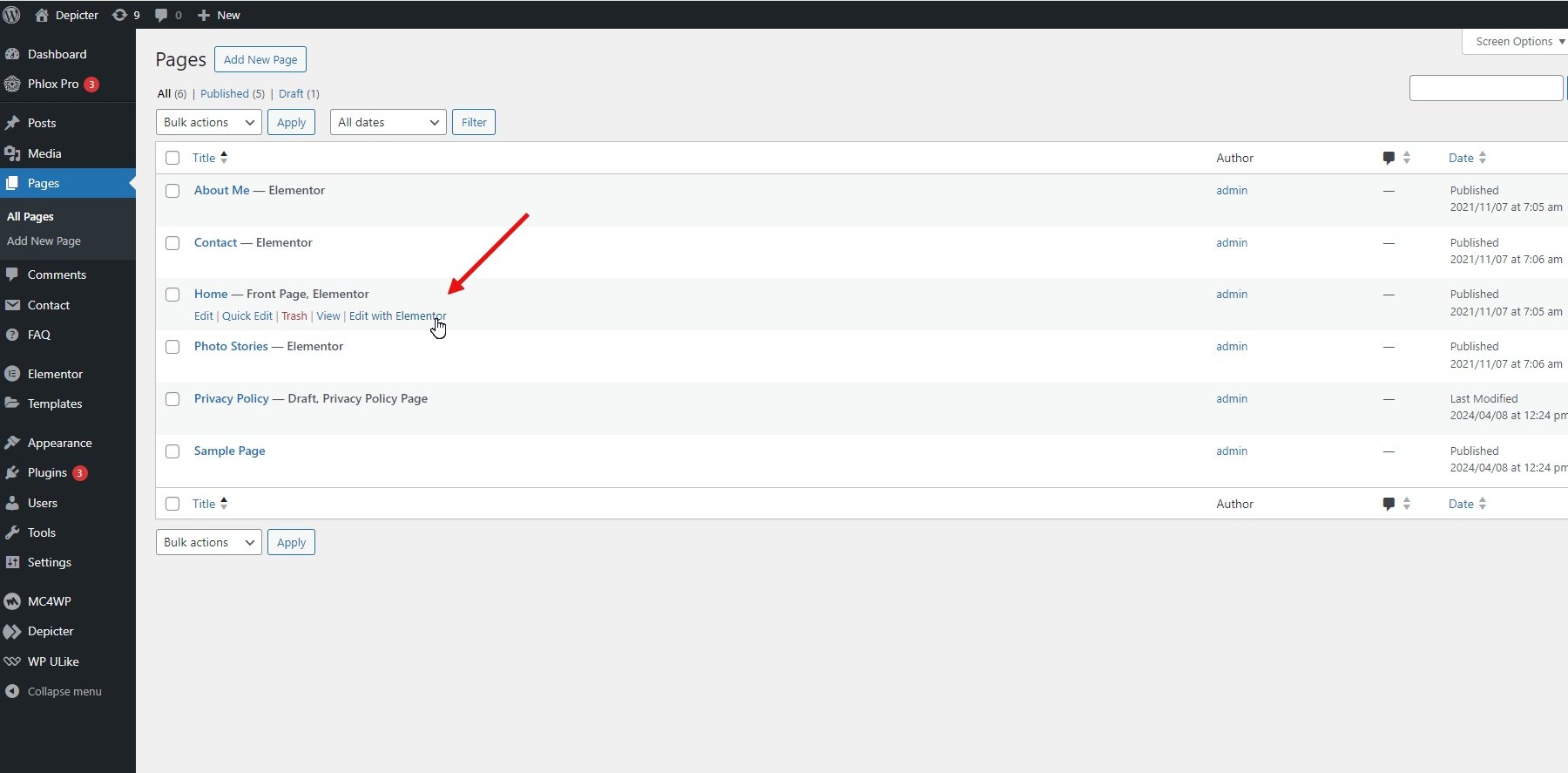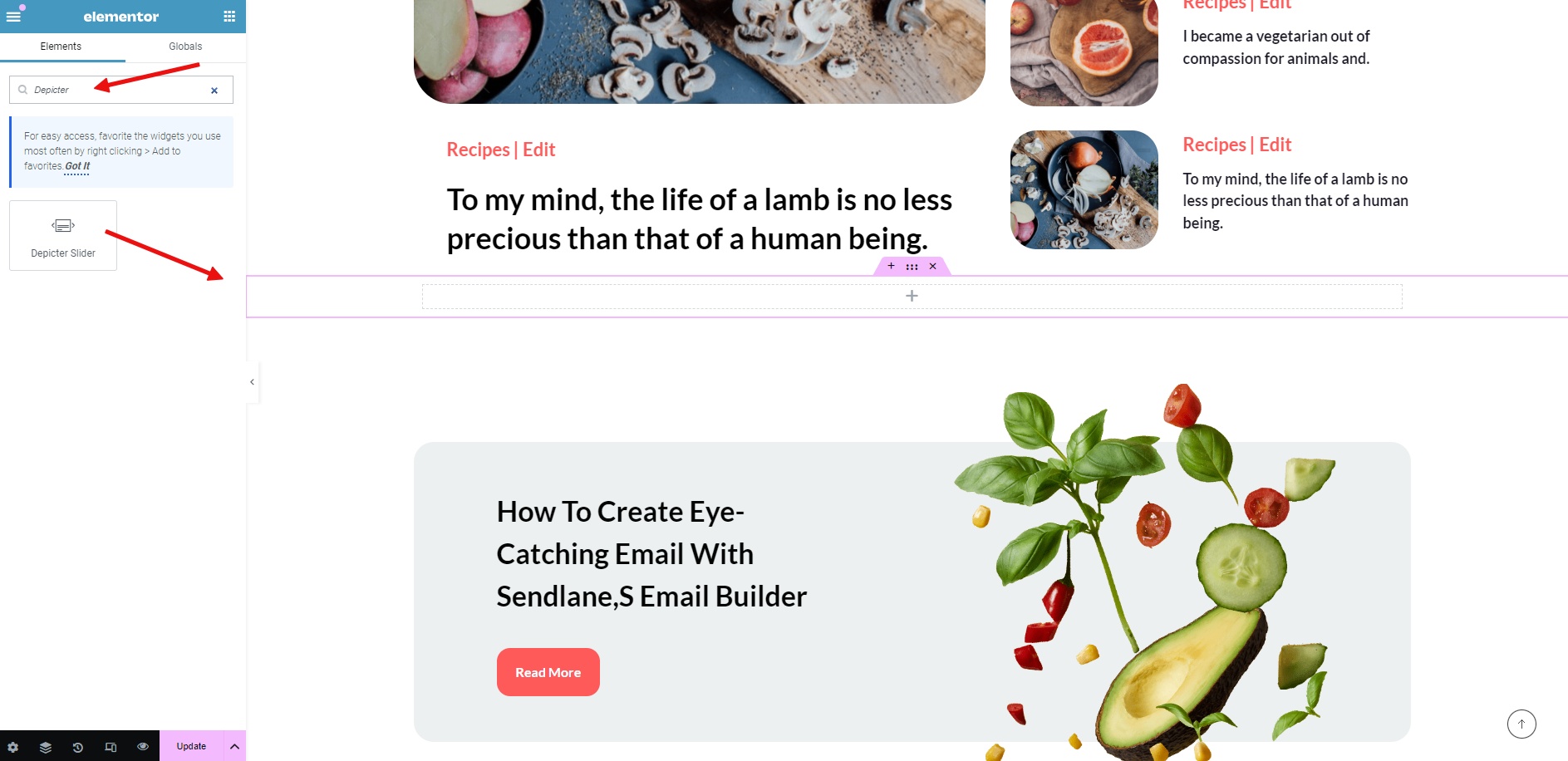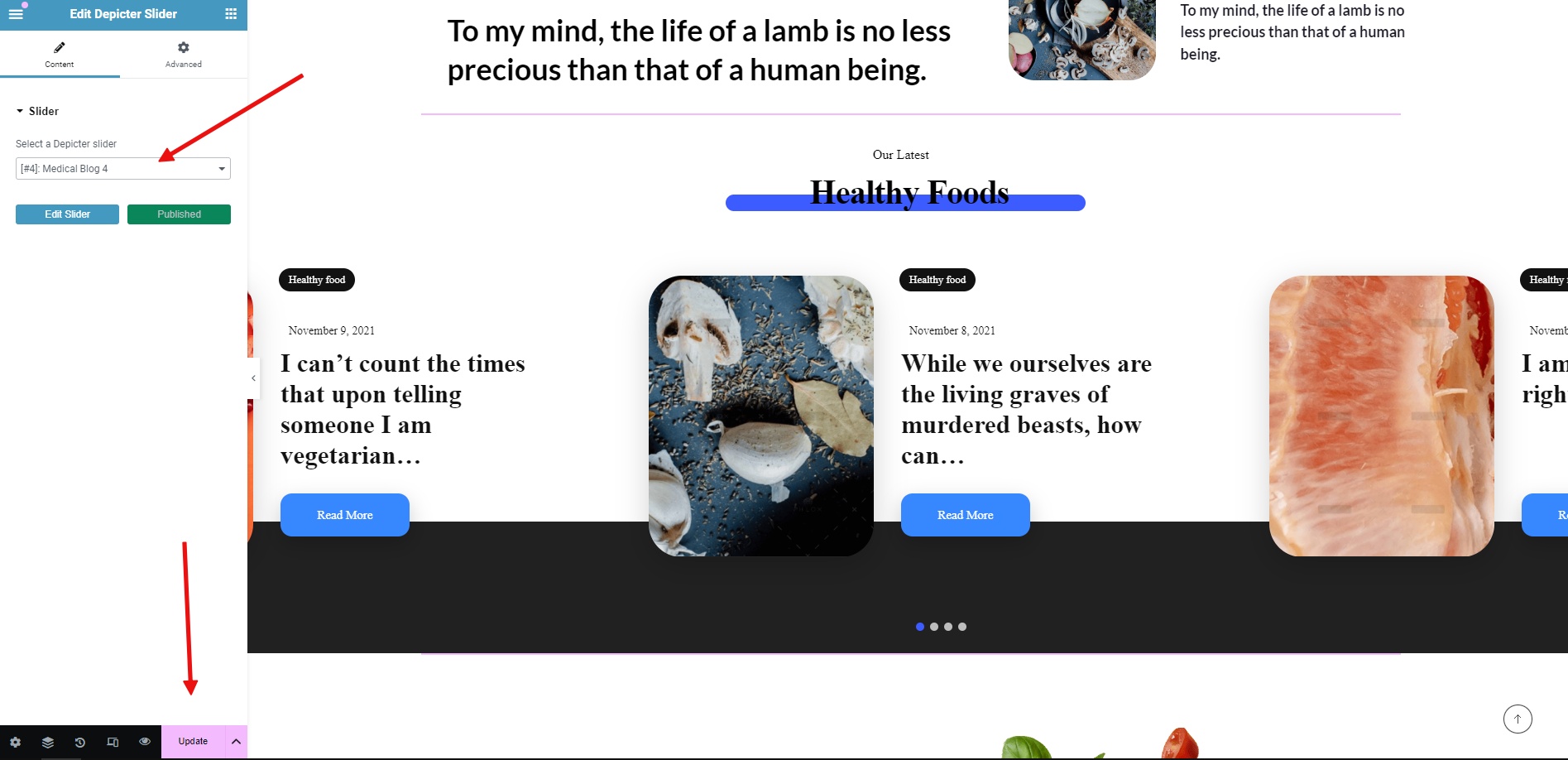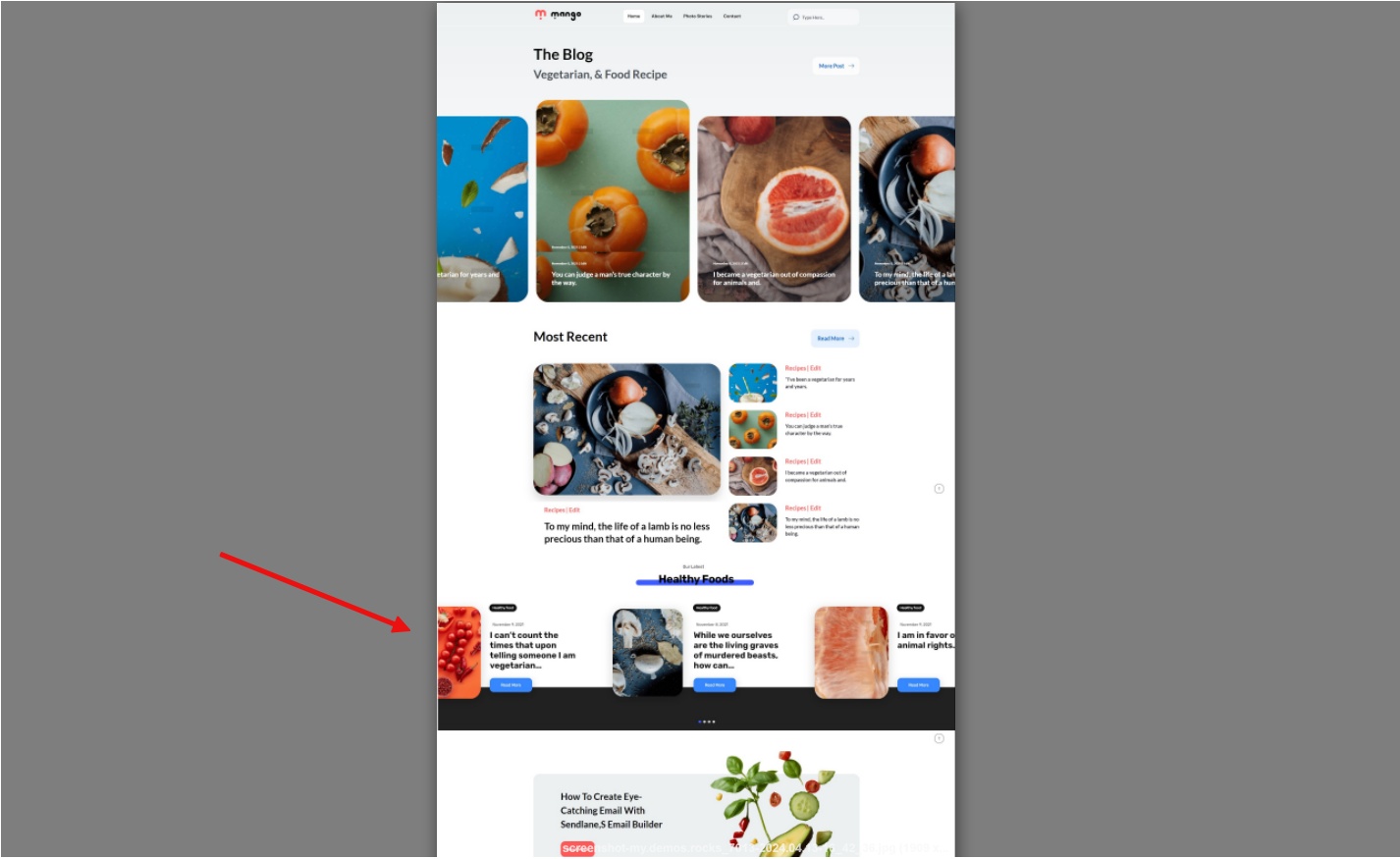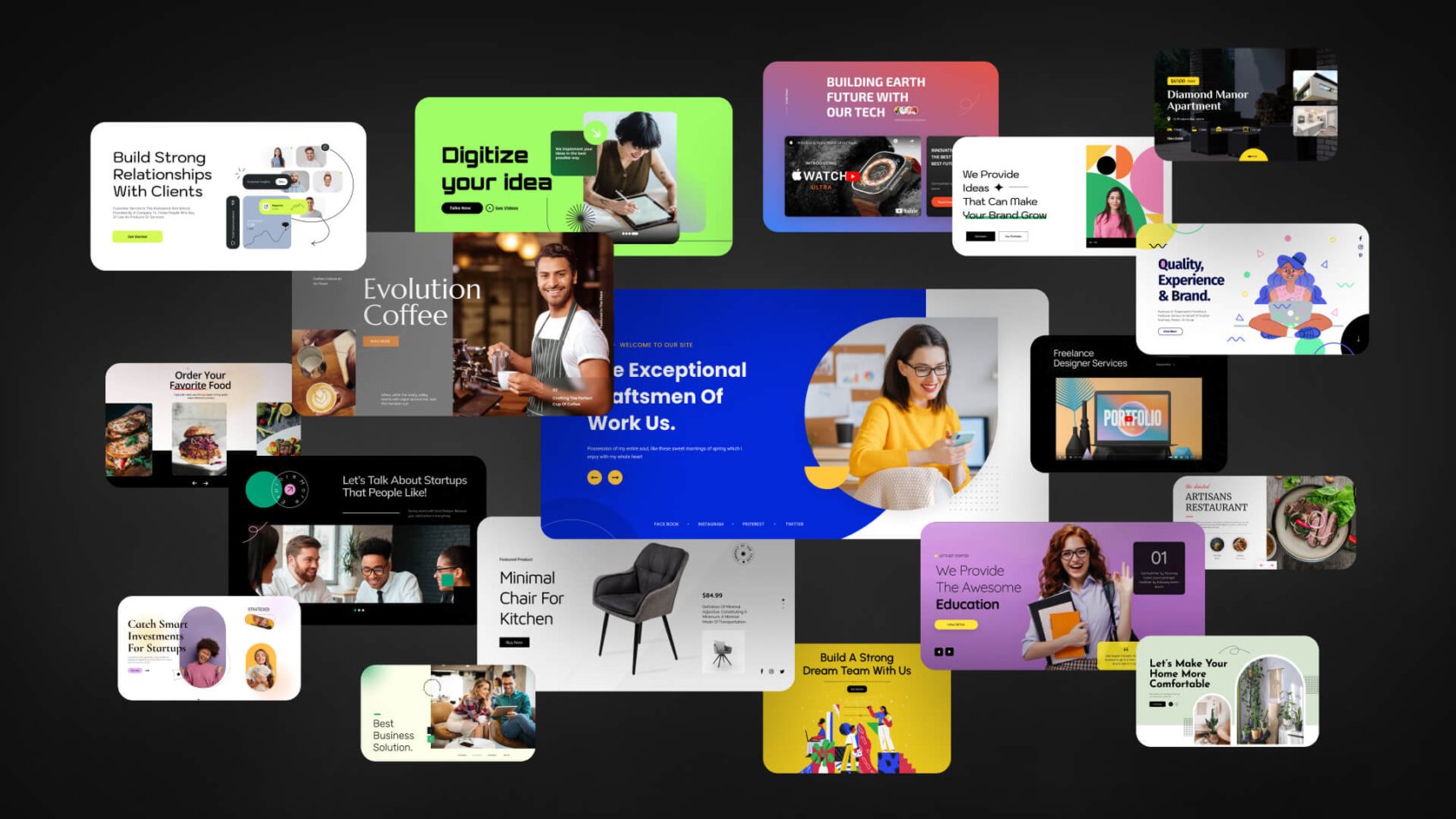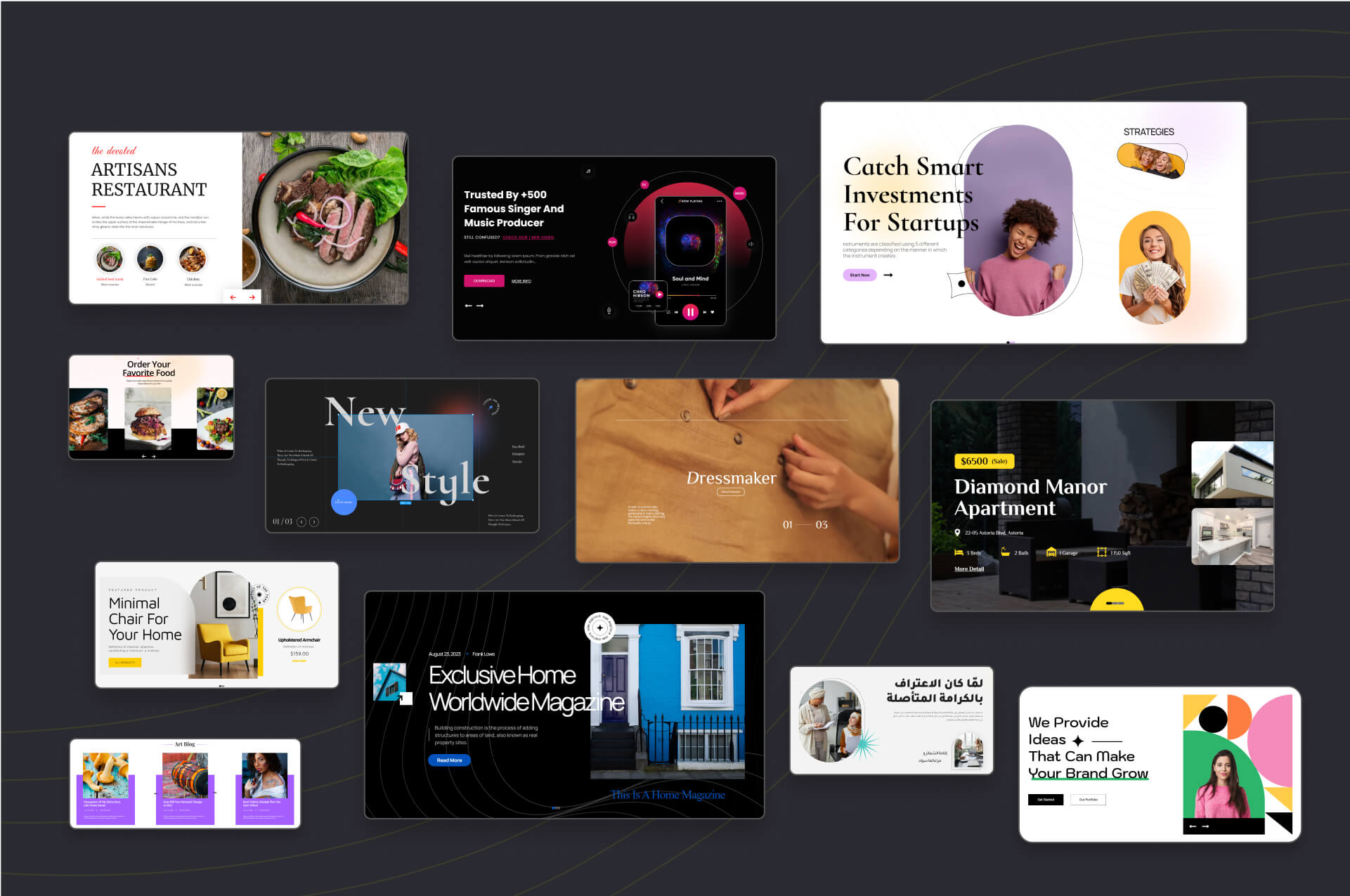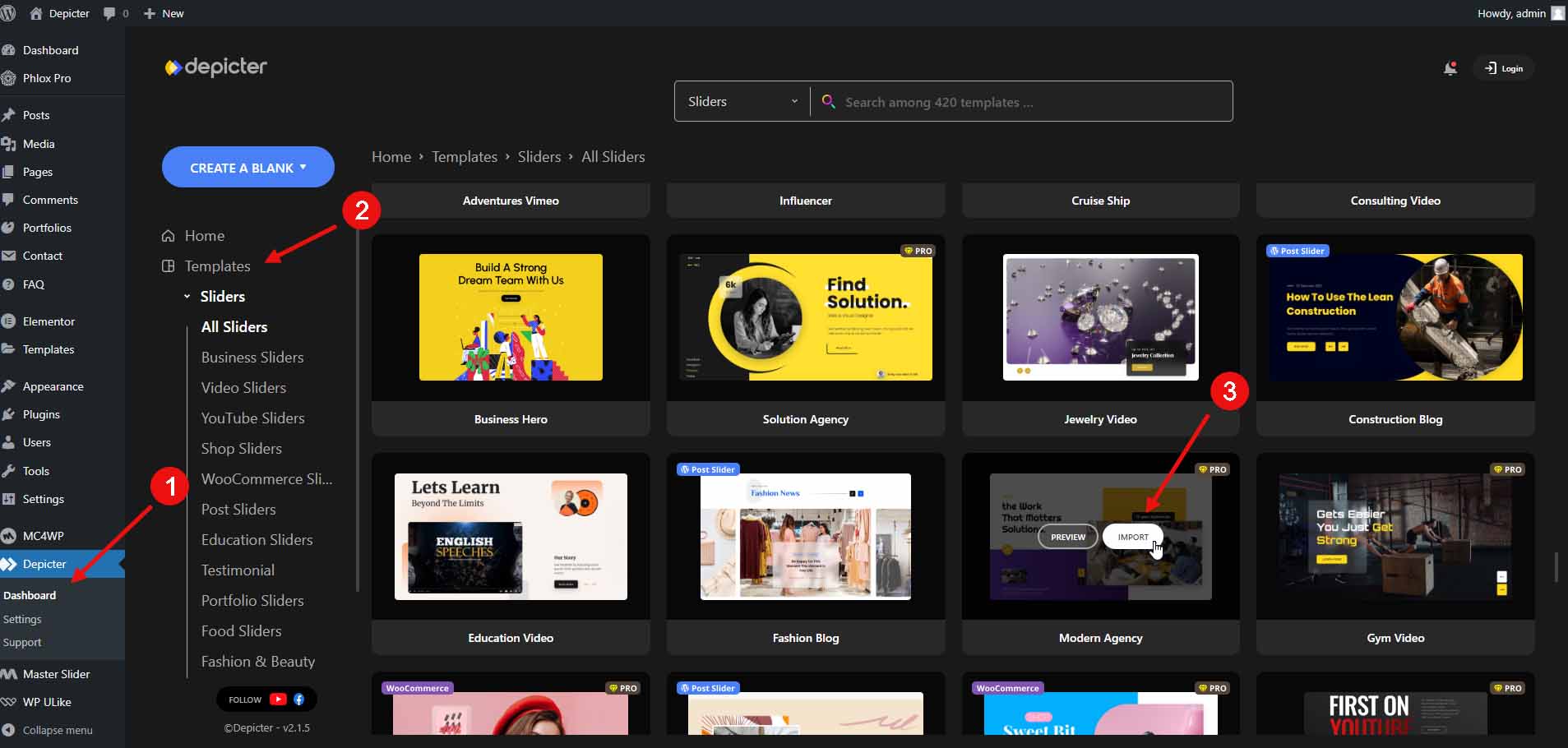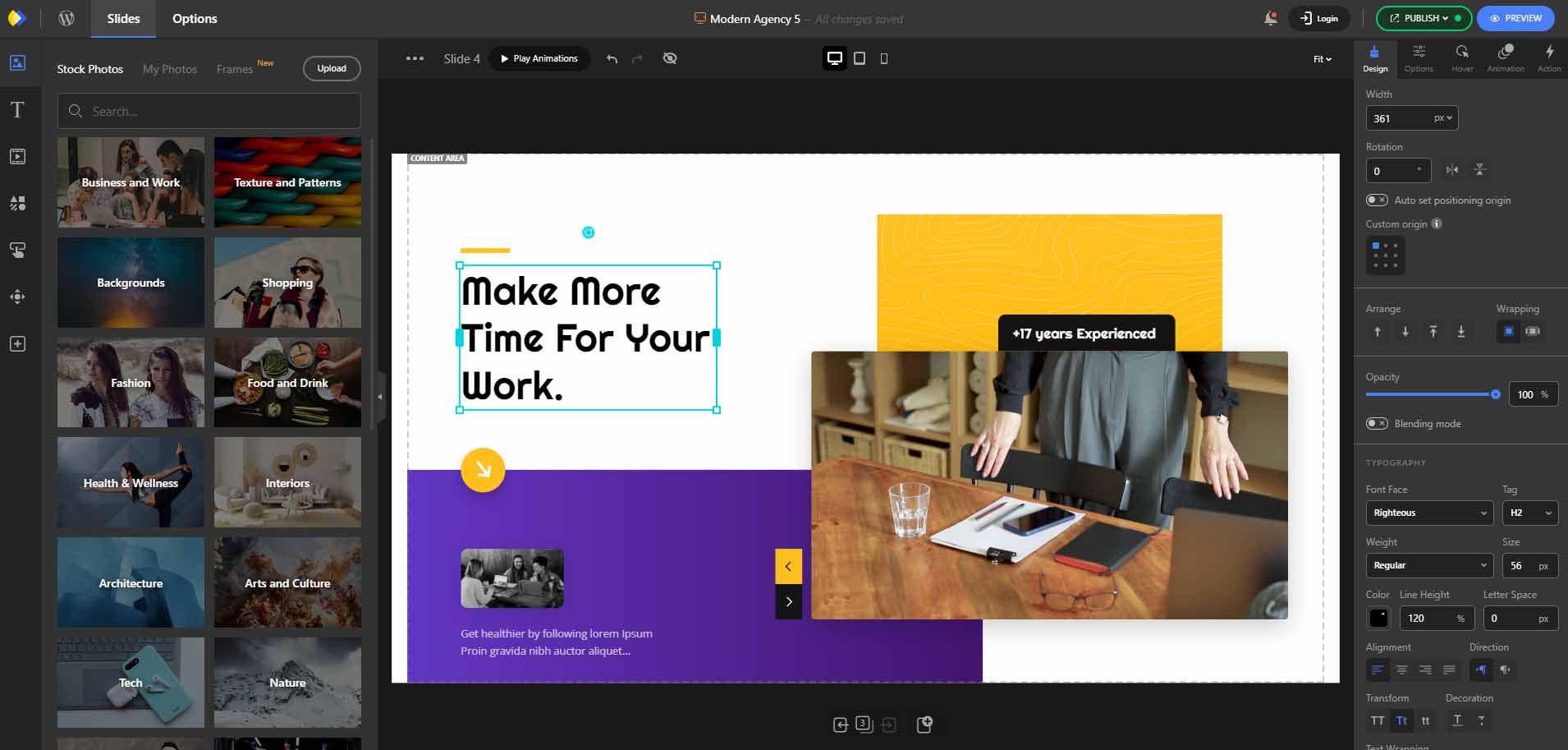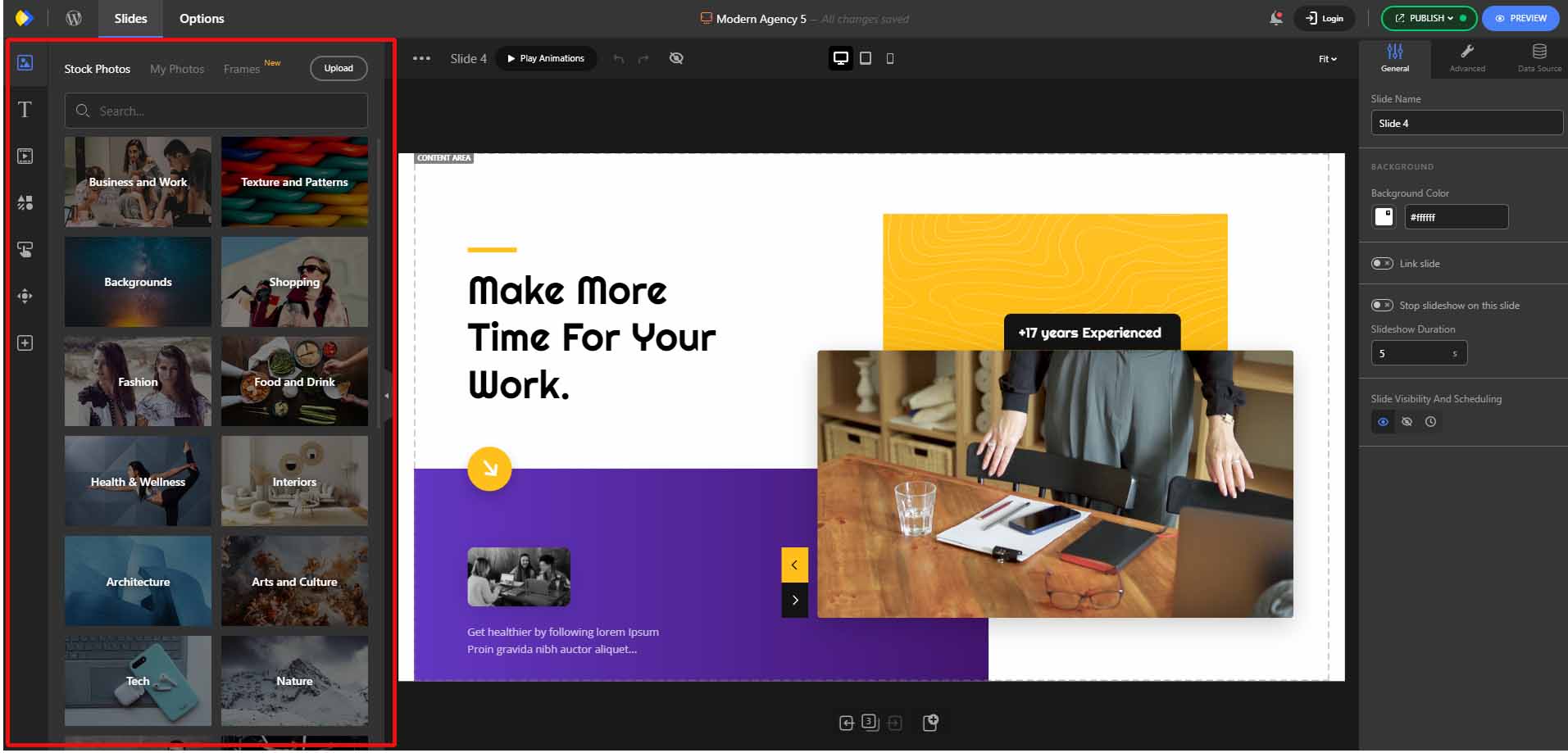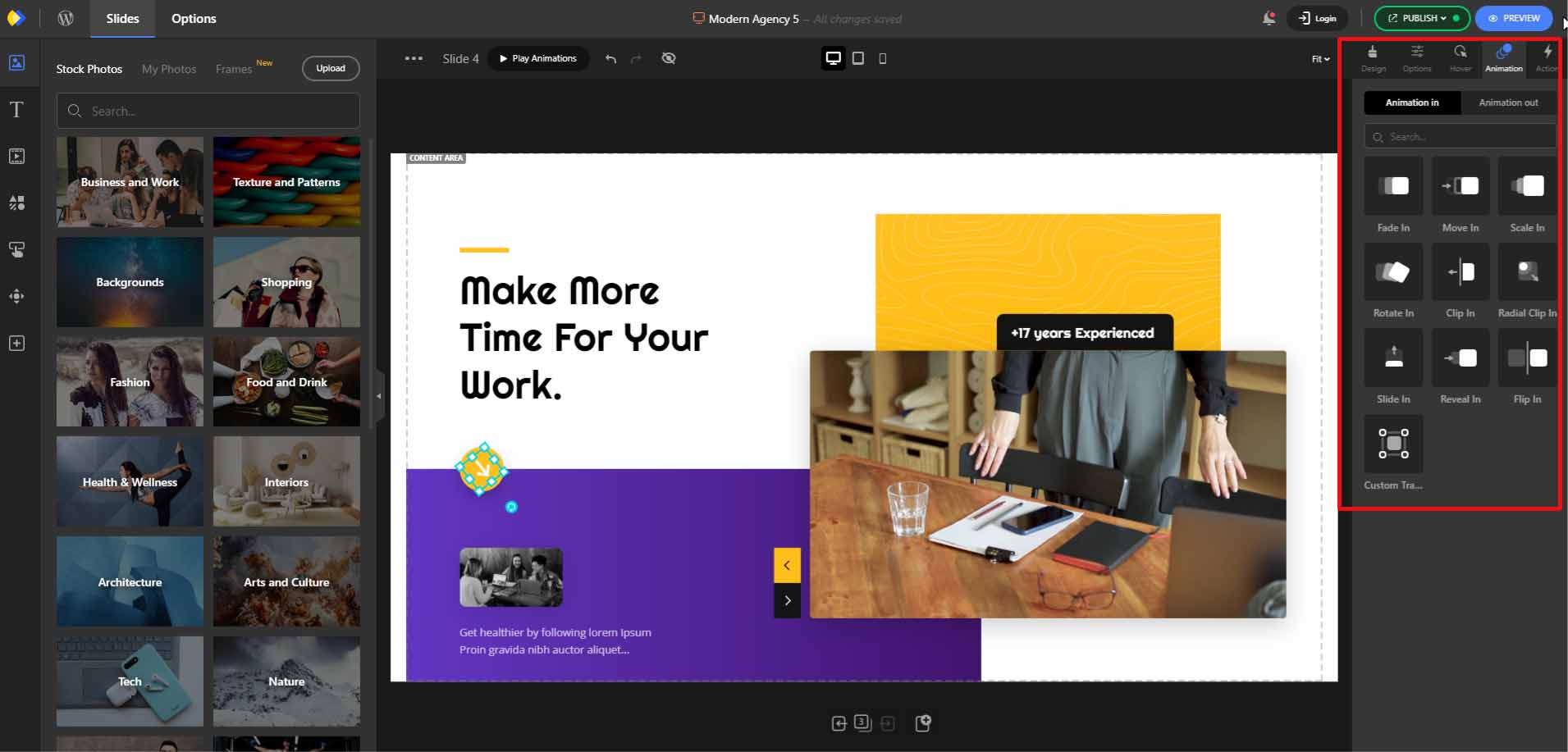While it could be said that Slider Revolution is the most well-known and widely used WordPress slider plugin due to its long history, the most experienced is not always the best, and depending on your needs and circumstances, more attractive alternative options may be your first choice for creating sliders and you might want to find Slider Revolution alternatives.
In this article, we will examine this topic in detail.
Alternative Plugins for Slider Revolution
Here are our top candidates for the Slider Revolution WordPress alternative:
- Depicter
- Smart Slider 3
- Master Slider
- Meta Slider
- Soliloquy
All of the options on our list for replacing Slider Revolution are modern and proven plugins, each with its own relative strengths in different areas. We will try to discuss this topic in a concise yet more detailed way to help you find a suitable option as the top Slider Revolution alternative.
What are the key features of the Slider Revolution?
Drag and drop editor :
The Slider Revolution offers a user-friendly drag-and-drop editor, providing a seamless and intuitive interface for creating visually stunning sliders. Users can easily arrange and customize various content elements within the slider design, such as images, text, videos, and more. The drag-and-drop functionality streamlines the process of building and refining sliders, allowing users to achieve their desired layout and design without the need for extensive technical expertise.
Animation Library:
The Slider Revolution WordPress plugin includes an extensive Animation Library, offering a diverse range of captivating animations to enhance slider presentations. From subtle transitions to dynamic effects, users have access to a wide array of animation options that can be applied to different elements within the sliders.
Deep levels of customization and options:
Users have access to deep levels of customization and a wide range of options to customize their sliders to specific design preferences. From controlling transition effects and timing to adjusting layout and interactivity, the plugin provides comprehensive customization capabilities.
250+ ready-to-use templates:
Slider Revolution comes with a collection of over 250 ready-to-use templates, offering users a diverse selection of pre-designed slider layouts and styles. These templates cater to various industries and design aesthetics, providing a valuable starting point for users looking to quickly implement professional-looking sliders on their websites.
Element library:
With Slider Revolution, you’ve got a royalty-free media library at your fingertips all included in the plugin. Background images, videos, object PNGs, font icons & SVGs, and premade layer groups.
Addons for Special FX:
lider Revolution offers addons for Special FX, providing users with additional tools and effects to elevate the visual impact of their sliders. These add-ons introduce special visual effects and enhancements, such as particle effects, dynamic backgrounds, and advanced transitions.
Alright, let’s dive into the best alternatives for Slider Revolution.
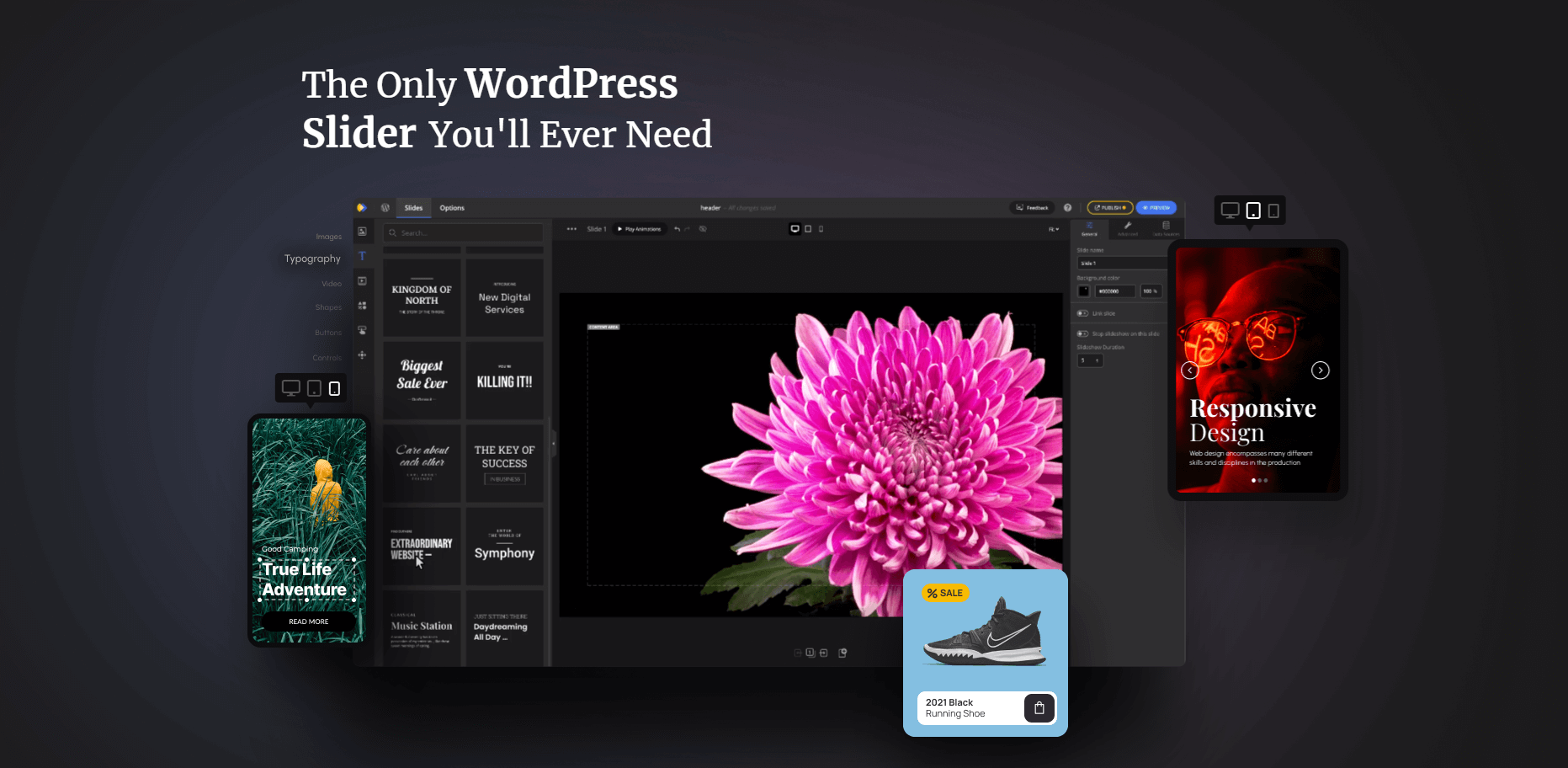
Depicter
With over 100,000+ active users in a very short time since its release, Depicter has become one of the top choices for WordPress sliders, if not the first one, especially if you are looking for a Slider Revolution free alternative.
The completely modern Canva-like editor is incredibly easy to use and intuitive, while still offering a full range of professional and modern features.
Depicter offers a wide variety of image, text, and video elements, an asset library with millions of royalty-free images and videos, a professional and customizable collection of animations and transitions, support for Ken-burns Effect and Parallax Effect, Post Slider, Shop Slider, ACF Slider, AI Slider, and of course Popup builder, Notification bar builder.
In fact, Depicter’s feature list is so extensive that it will surprise you.
With Depicter, you have access to a collection of over 600+ professional and modern templates, with 30+ new templates added to this collection every 2 weeks.
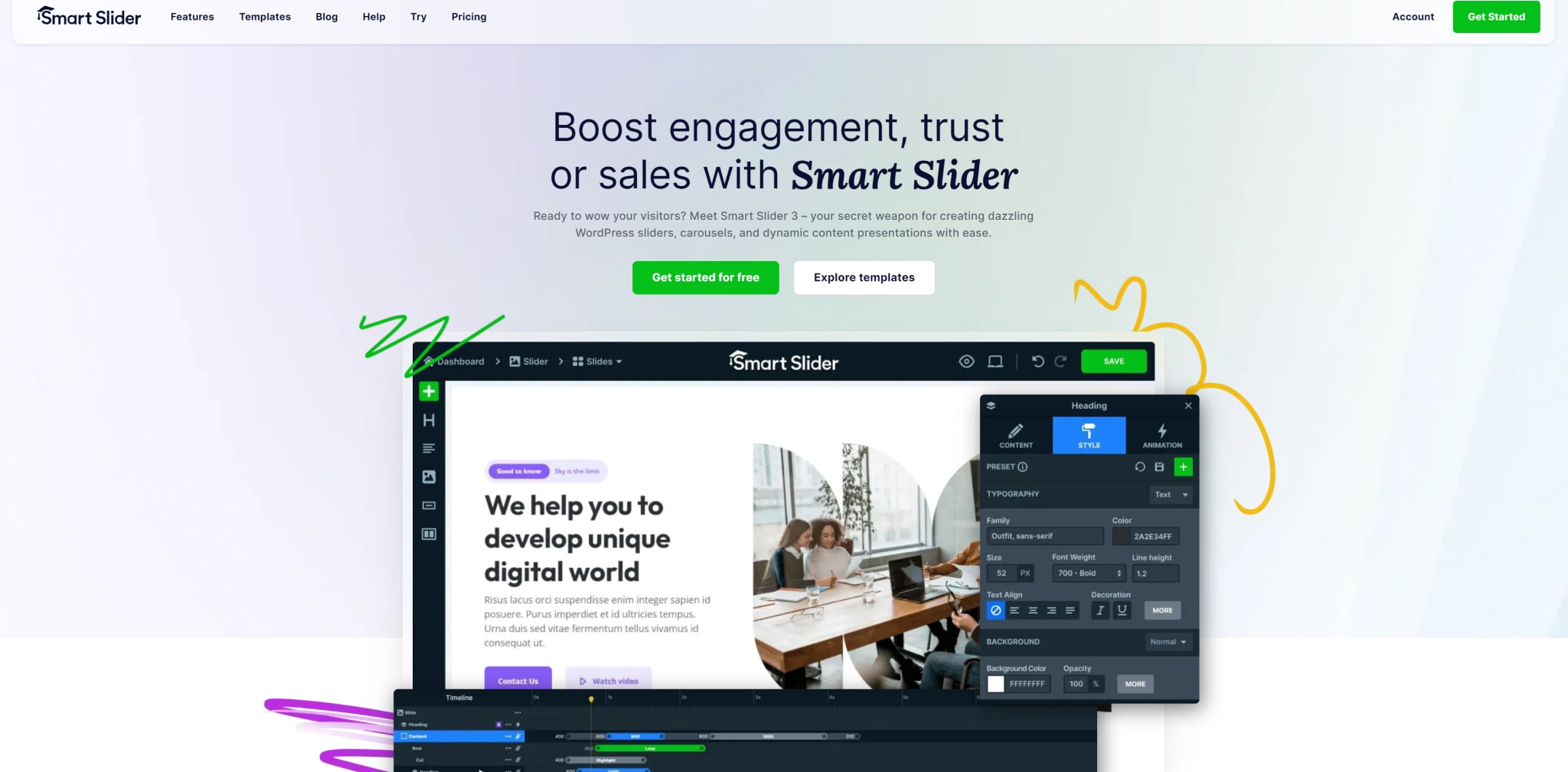
Smart Slider 3
Smart Slider 3, with its simpler interface, is a great option for many users for this reason.
Drag & drop editor. This plugin, which is also one of the best, has all the drag-and-drop features in its editor and also supports animations.
With Smart Slider 3, you have access to 120+ ready-made templates.
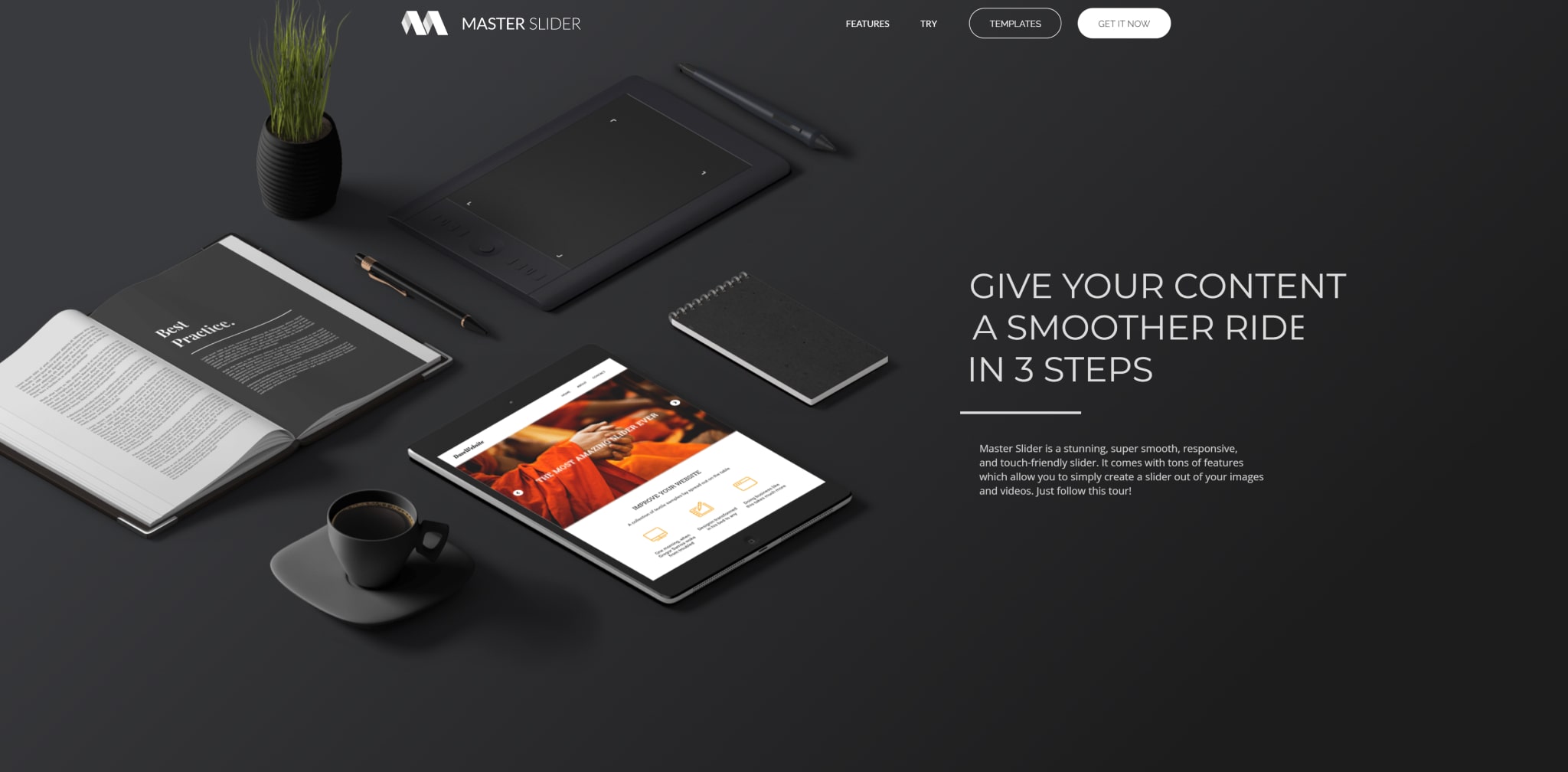
Master Slider
Master Slider, considered a successor to Depicter, also falls into the category of user-friendly sliders that get you to your goals as quickly as possible. In Master Slider, you also have access to over 90+ ready-made templates and can assign various animations to image, text, and video layers. Master Slider is responsive and offers the best possible support for touch-swipe navigation. Another feature of Master Slider is its pre-designed layouts for your slider selection, meaning you can change the structure of your slider with just a few clicks. Due to its small size, Master Slider is also reliable in terms of performance for your website. Therefore, Master Slider is another attractive option to replace the Slider Revolution.
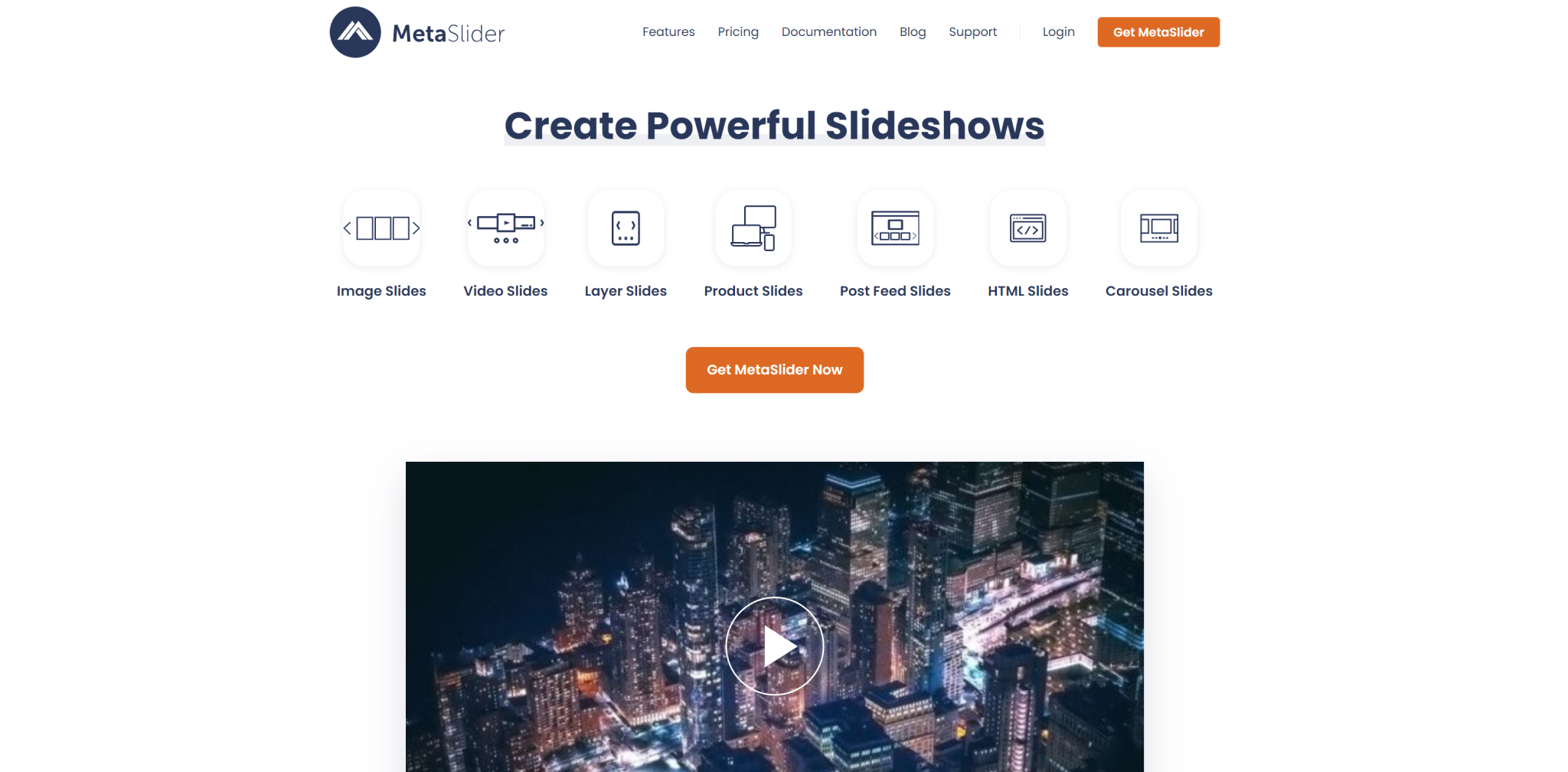
Meta Slider
Meta Slider is a veteran WordPress slider plugin that has evolved alongside the WordPress ecosystem, gradually adding modern features while retaining its simplicity. SEO optimization is a standout feature of this plugin, and like other plugins on this list, it also offers ready-made templates for importing and customizing. If a straightforward slider creation process and a simple UI are more important to you than replacing Slider Revolution, Meta Slider is a great option.
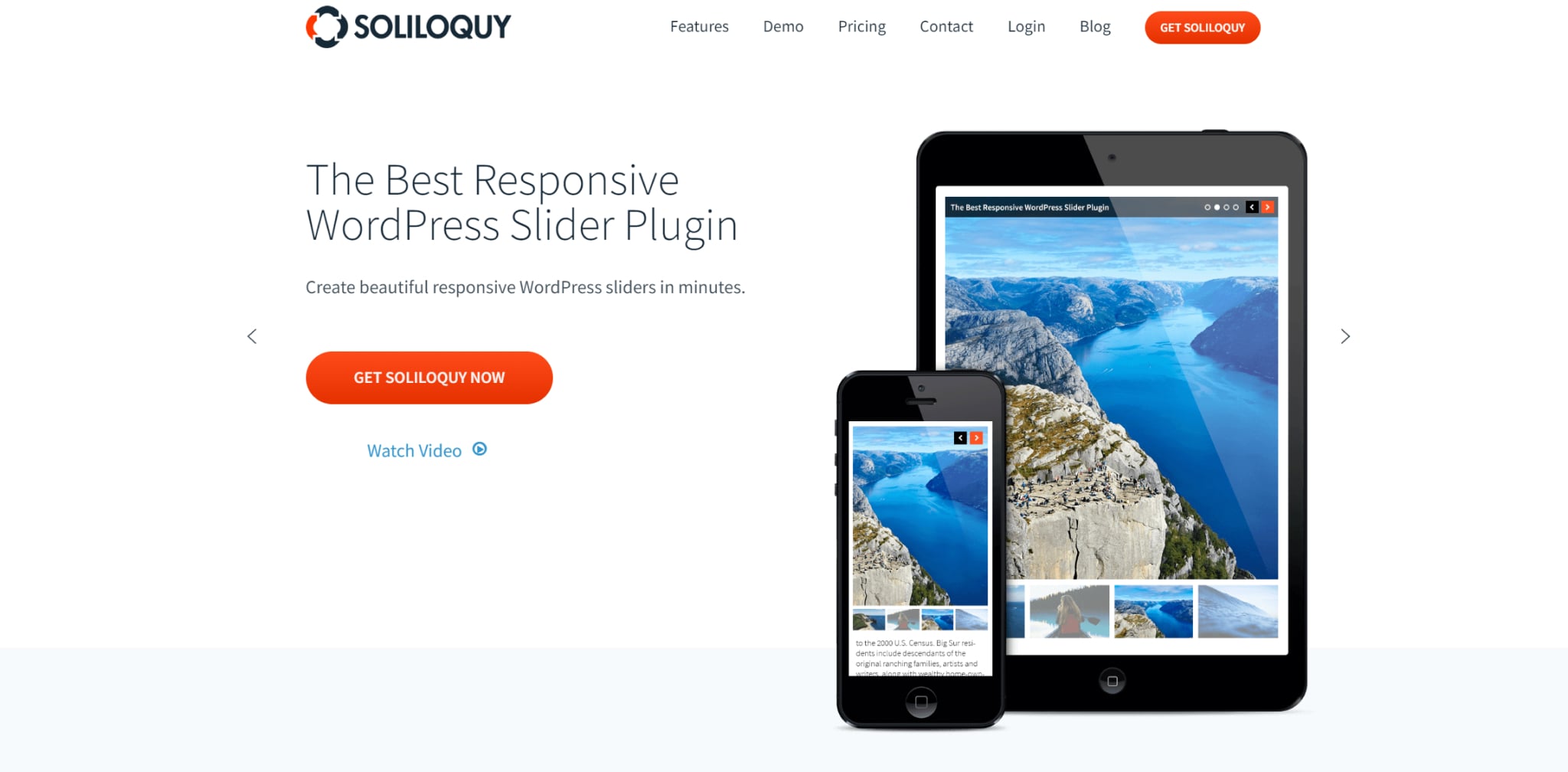
Soliloquy
Soliloquy is another powerful option for replacing the Slider Revolution. It offers all the features you’d expect from a premium slider plugin, including a drag-and-drop editor, ready-made templates, responsive support, SEO optimizations, and a variety of slider types. Soliloquy is another great option on our list to replace Slider Revolution.
Comparing our candidates
| Depicter | Smart Slider 3 | Master Slider | Meta Slider | Soliloquy | |
| Full-screen Slider | Yes | Yes | Yes | Yes | Yes |
| AI | Yes | No | No | No | No |
| ACF Slider Support | Yes | No | No | Yes | No |
| Number of Templates | 600+ | 180+ | 90+ | None | None |
| Popup Builder | Yes | No | No | No | No |
| Notification Bar Builder | Yes | No | No | No | No |
| Asset Library | Yes | No | No | No | No |
| Dedicated Support | Yes | Yes | Yes | Yes | Yes |
| Documentation | Yes | Yes | Yes | Yes | Yes |
| Price for Basic plan | $29 | $49 | $39 | $39.5 | $39 |
| Free version | Yes | Yes | Yes | Yes | Yes |
Let’s talk about Slider Revolution vs Depicter and compare a few important aspects of them.
Slider Revolution vs. Depicter
The Editor
The Slider Revolution has been around for longer than Depicter, and its editor reflects this. The editor is packed with a wide variety of options and features that give you control over almost every aspect of your slider.
Depicter has a more comfortable editor and Drag & Drop capabilities are done more easily.
Options and Features
Both Depicter and Slider Revolution offer you a lot of features and options, but for the main goal of creating a slider, if you are working with either of these plugins for the first time, Depicter has a shorter learning curve and you will learn how to work with the tools in no time.
Depicter includes a snap feature that can be used to align layers. This feature is especially useful when you are moving layers around. It can help you to quickly and easily align layers next to each other. This can save you time and make it easier to create sliders.
Depicter includes several other features that make it easy to use. For example, you can drag and drop images from the asset panel to replace existing images. This is a quick and easy way to change the images in your slider.
Image and Text Layers
Double-click on an image to enter crop mode. This allows you to crop your images to the desired size and shape.
By clicking on a text layer, you can replace the text. This is a quick and easy way to change the text in your slider.
In contrast, Slider Revolution does not offer these same features. To replace an image in Slider Revolution, you must open the image’s options panel and select a new image. To change the text in Slider Revolution, you must open the text layer’s options panel and edit the text field.
Another important point here is that as you use Depicter, you will realize that the layout of the panels has been done with great care and purpose. The result is highly intuitive panels, which is an advantage over the Slider Revolution.
Ready-to-use templates
Both plugins are powerful when it comes to templates. There are a large number of high-quality and professional templates available for use.
The way you import templates is slightly different because Slider Revolution has separated the different display effects into different addon plugins from the main plugin. Therefore, when importing a template, you may need to install the addon specific to it which can have bad effects on your site performance, while in Depicter everything is done with one click.
Furthermore, the preview template is built-in to Depicter, eliminating the need to visit another website, unlike Slider Revolution.
Also, Depicter wins in terms of the number of templates with 600+ ready-made templates to Slider Revolution’s 290+, another reason to consider it as the top Slider Revolution alternative.
Available Slider Building Options
As our main Slider Revolution alternative, Depicter offers a wider variety of slider types. Depicter includes options for:
- Standard Image sliders
- Video Slider
- Woocommerce Product Slider
- Carousel
- Post Slider
- Custom Post and ACF slider
- Social Media Slider
Slider Revolution only includes options for:
- Standard Image sliders
- Video Slider
- Woocommerce Product Slider
- Carousel
- Post Slider
- Social Media Slider
This means that Depicter is a more versatile WordPress slider plugin. You can use it to create a wider variety of sliders for your website. For instance, you can employ Depicter to craft a hero section to introduce your website or a popup to collect email addresses.
Animations and Transitions
Both plugins are powerful when it comes to implementing animations. You can create different animations on different layers with advanced settings. Slider Revolution has a larger collection of animations, and more advanced settings, and uses an animation timeline that allows you to professionally set the order and timing of all animations while achieving almost the same result as the Depicter is a more straightforward path and does not confuse a newbie user.
Performance
Performance is a complex issue, and there are many factors that can affect it. The final result depends on a variety of conditions. For a fair comparison, we created a simple 2-slide slider with one image on both plugins and tested the result.
Depicter:
HTTP requests: 32
Resources loaded by the page: 2.0MB
Total load time: 3.82s
Slider Revolution
HTTP requests: 33
Resources loaded by the page: 3.6MB
Total load time: 4.65s
The results showed that Depicter outperformed Slider Revolution in terms of both loading speed and overall performance. It’s mainly because Depicter is a more recent plugin that has been created with a focus on performance.
Reasons to Choose Depicter as the Slider Revolution Alternative
Here are the reasons to choose Depicter as a Slider Revolution alternative:
- Easier to Use Editor: Depicter has a more user-friendly drag-and-drop editor with a shorter learning curve, especially for beginners. Features like snap-to-align and easy image/text replacement make building sliders faster.
- More Templates: Depicter offers a wider selection of ready-made templates (over 600 vs 290) and requires no additional installation for use, unlike Slider Revolution.
- More Slider Types: Depicter allows you to create various sliders like Popups, Notification bars, and Social Media sliders, in addition to the standard options offered by Slider Revolution.
- Faster Performance: Tests showed Depicter loaded faster and used fewer resources compared to Slider Revolution.
Depicter provides ease of use, diverse templates, slider types, and faster loading, making it a strong Slider Revolution alternative.
Conclusion
In this article, our goal was to evaluate and suggest the best slider plugins in the WordPress community for replacing Slider Revolution and compare their features.
Finally, we made a thorough comparison between Slider Revolution and Depicter and concluded that Depicter is the best option to replace Slider Revolution.
